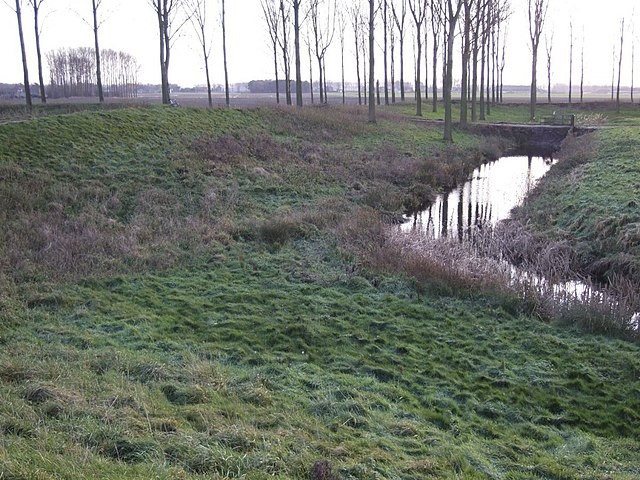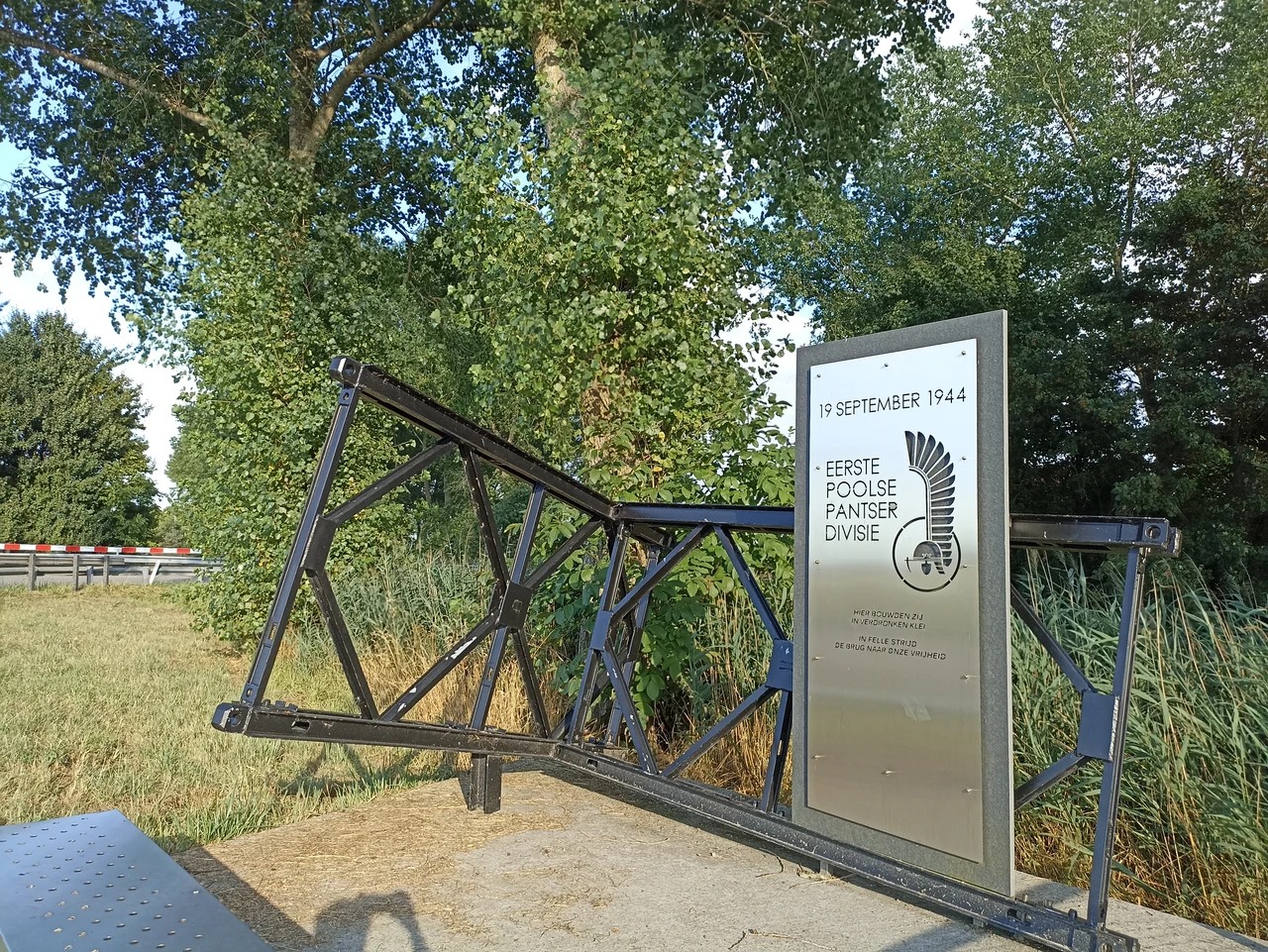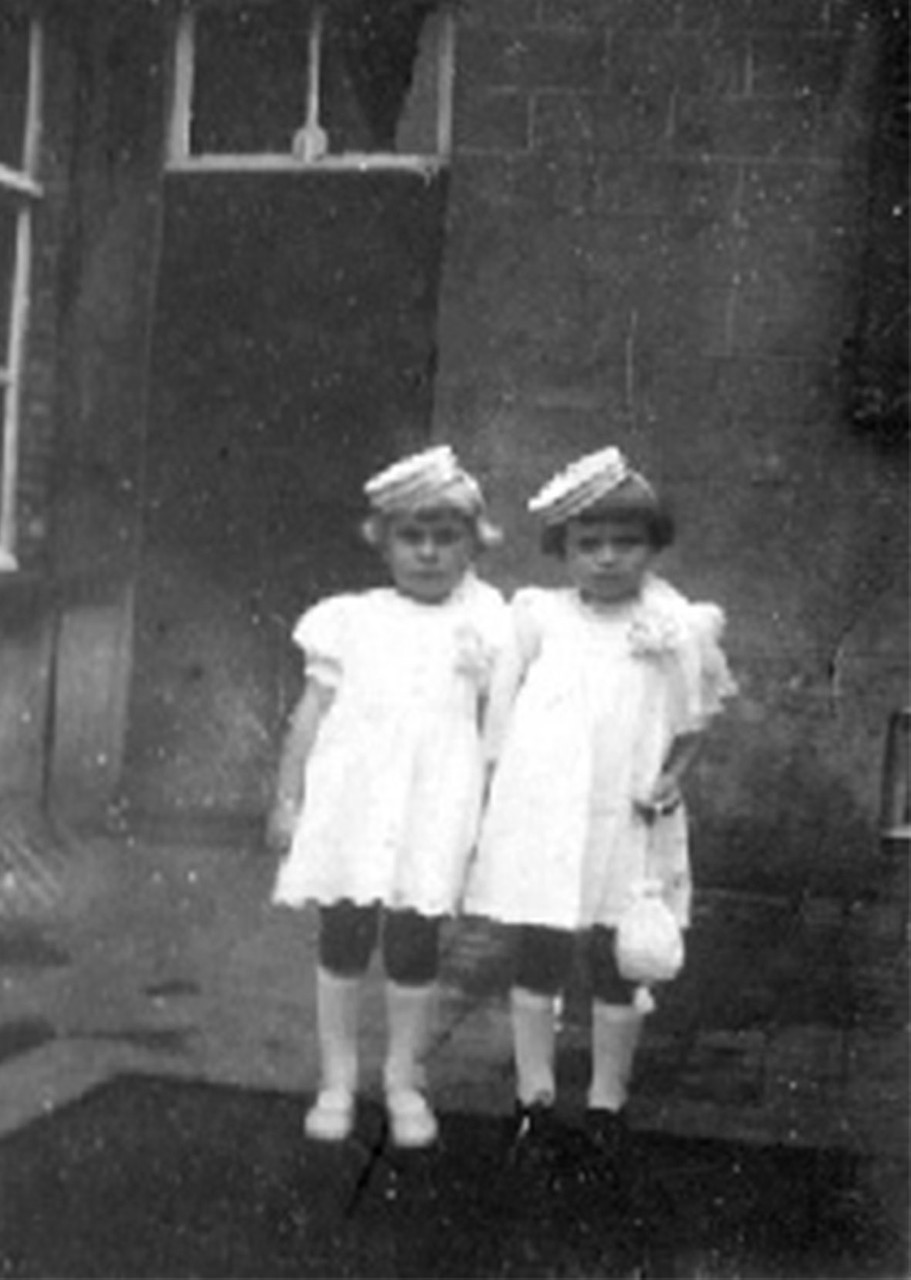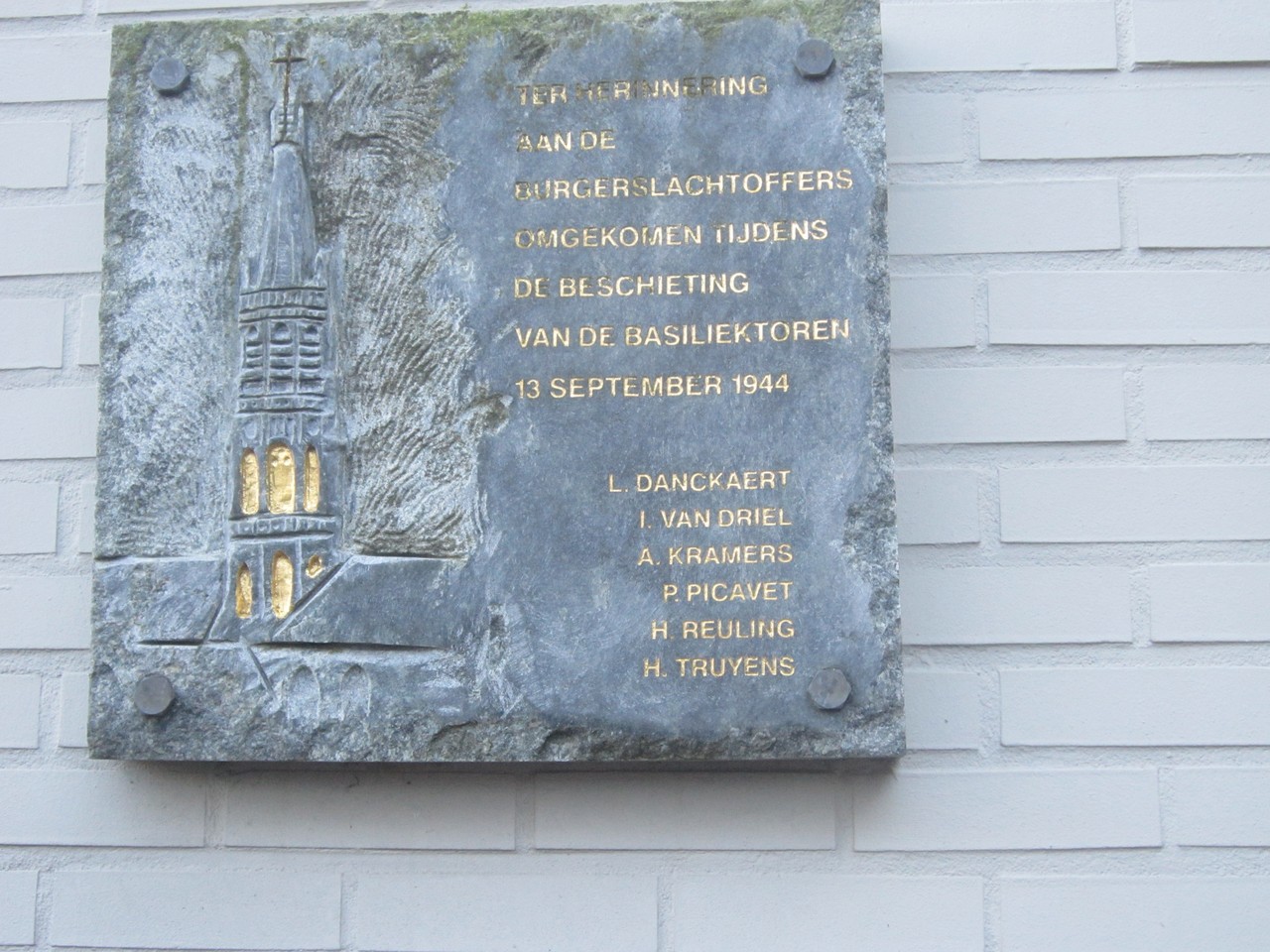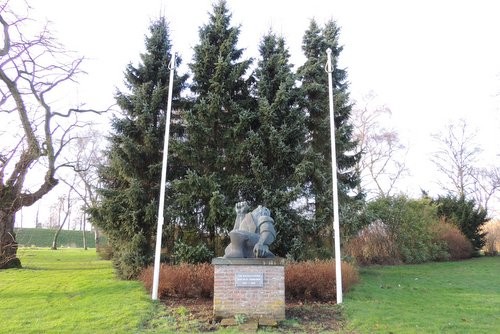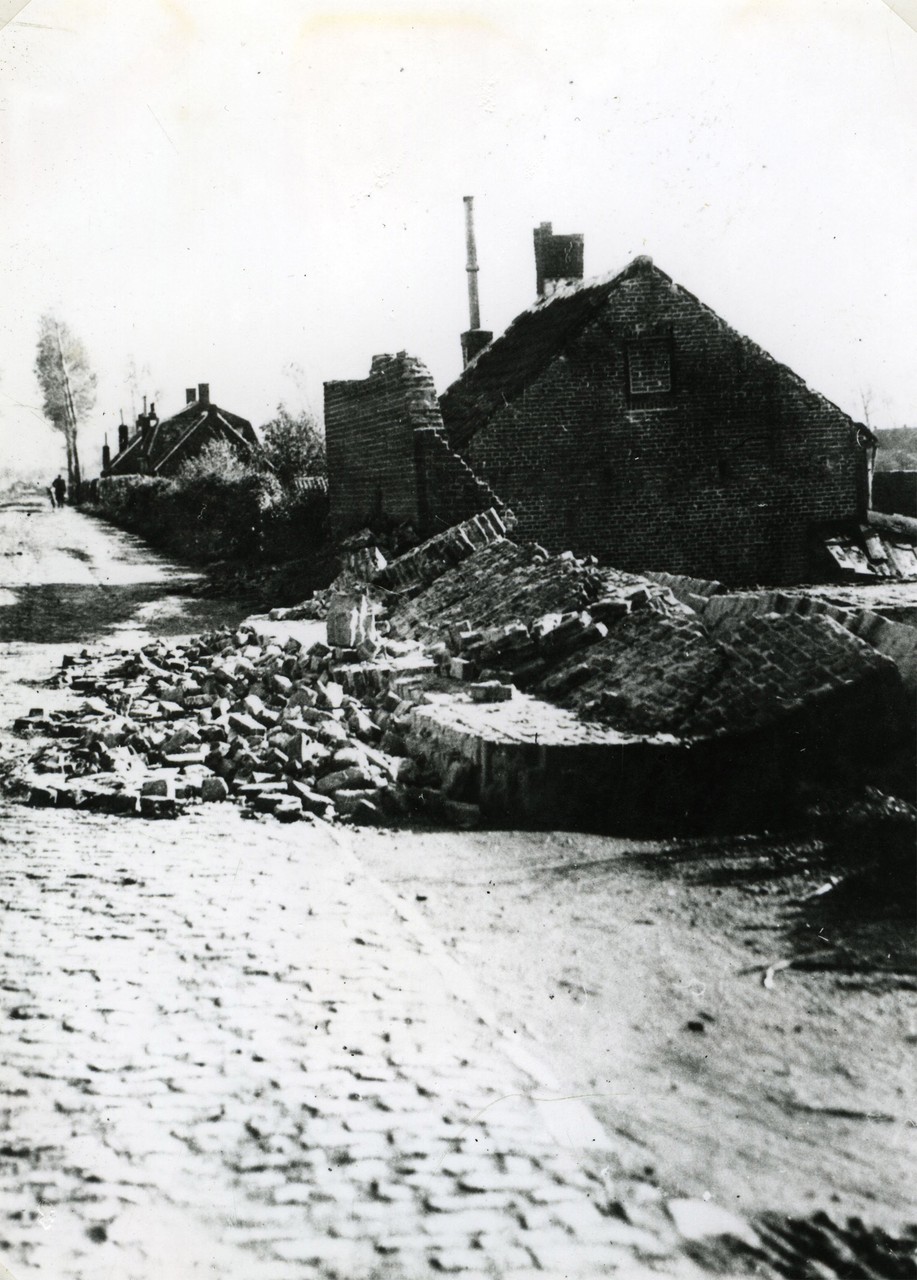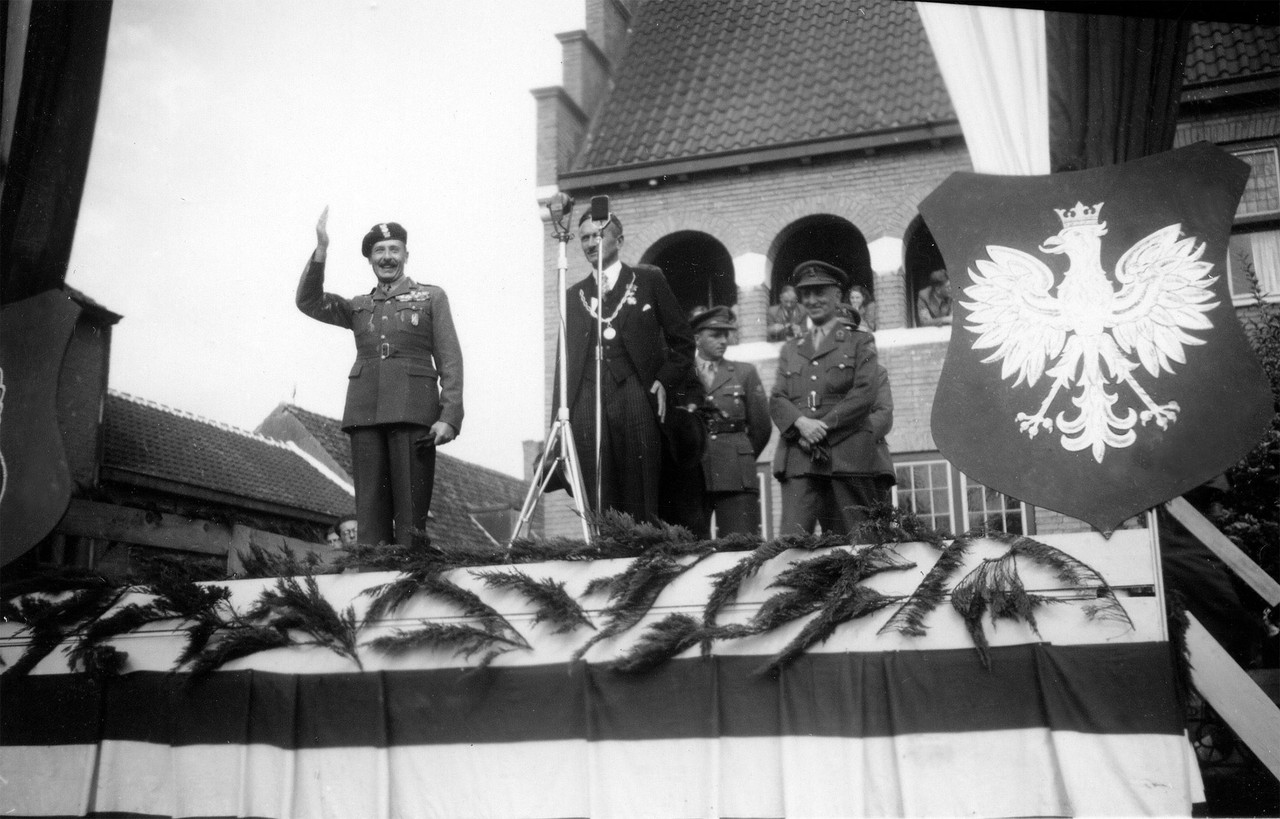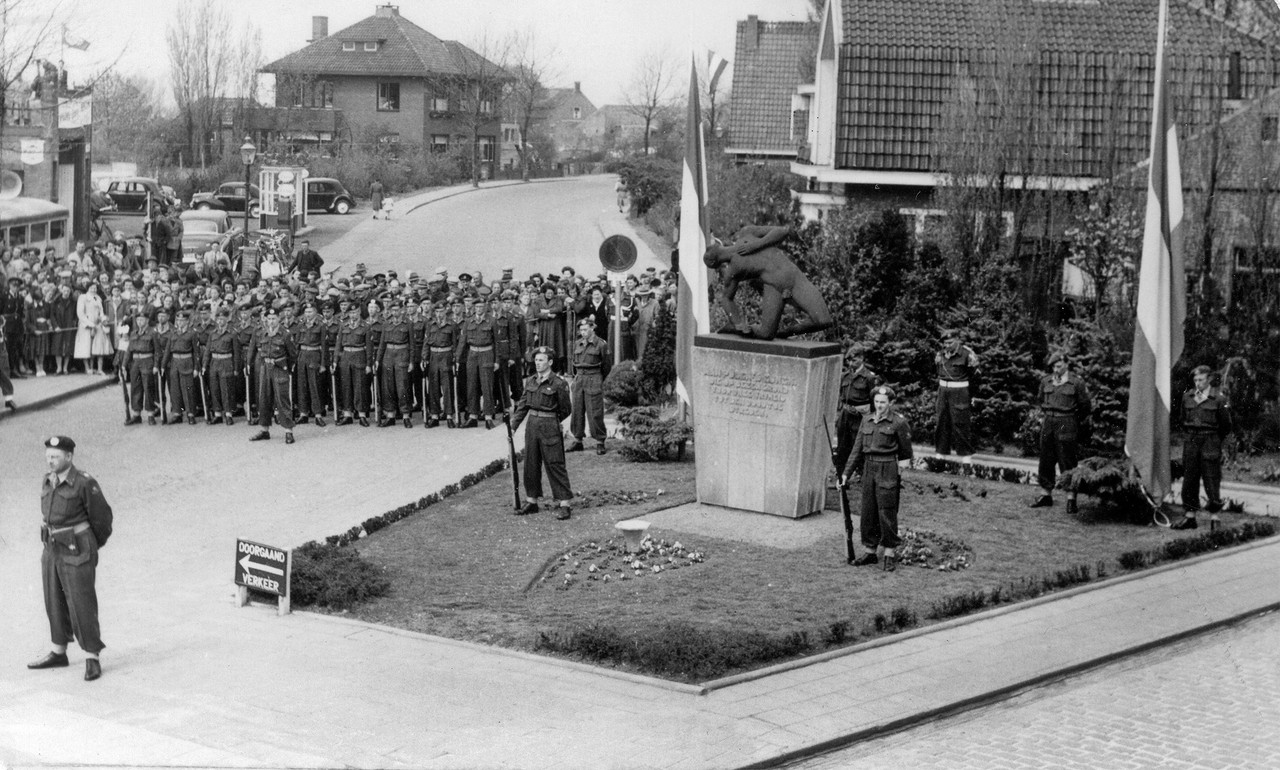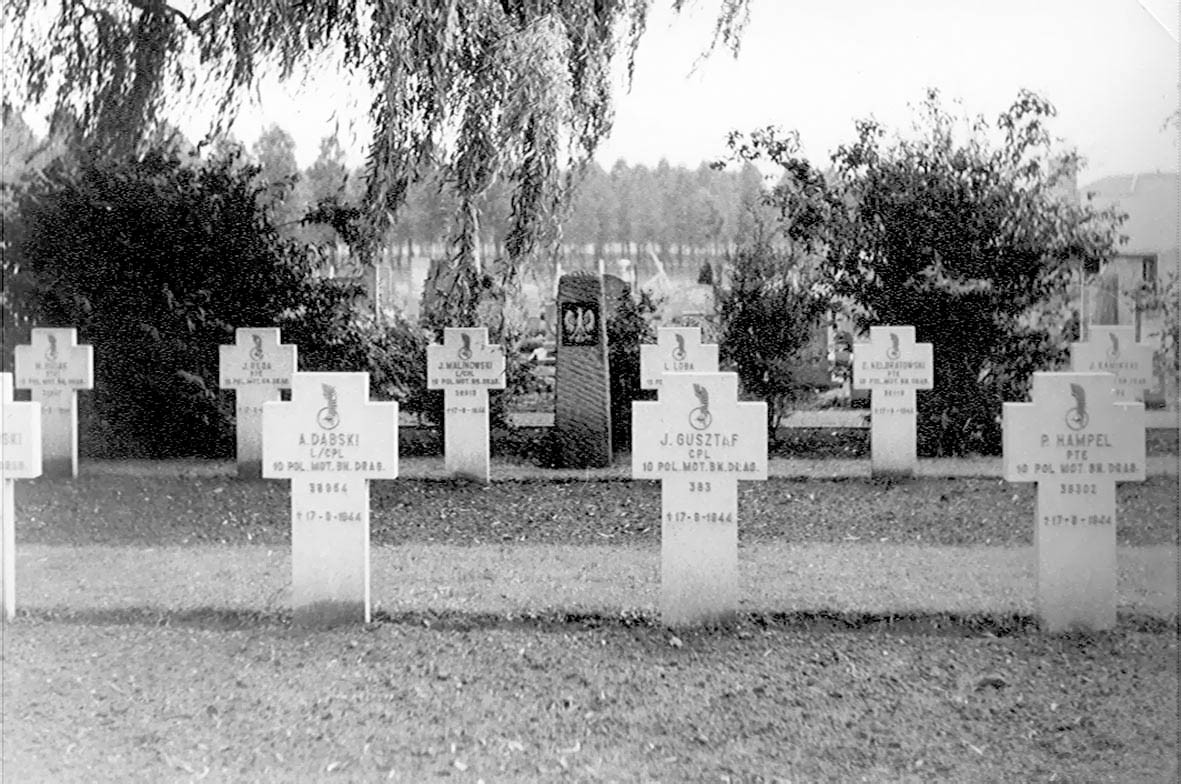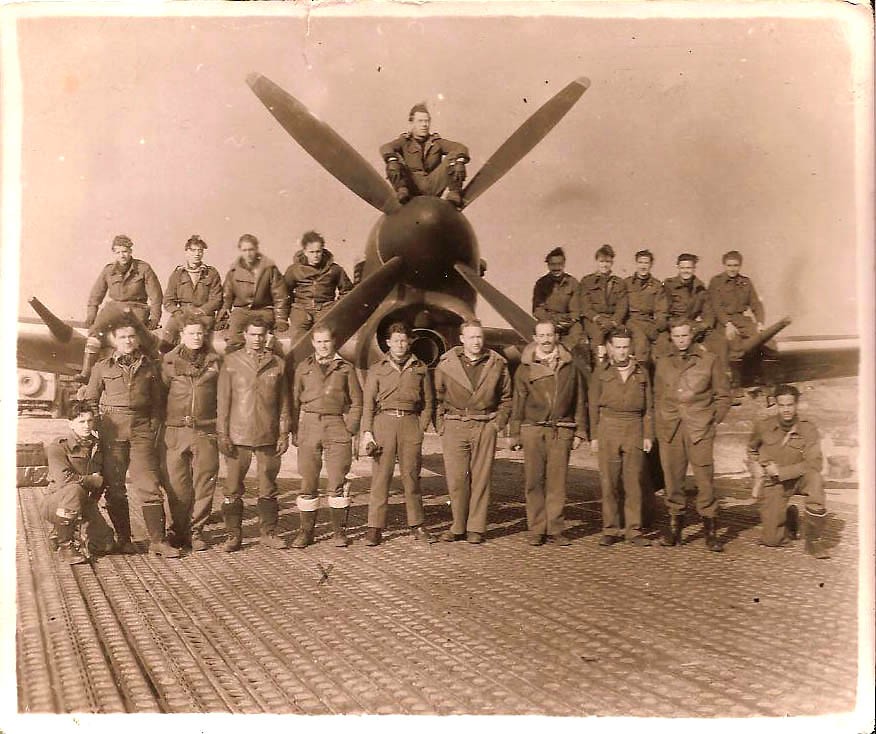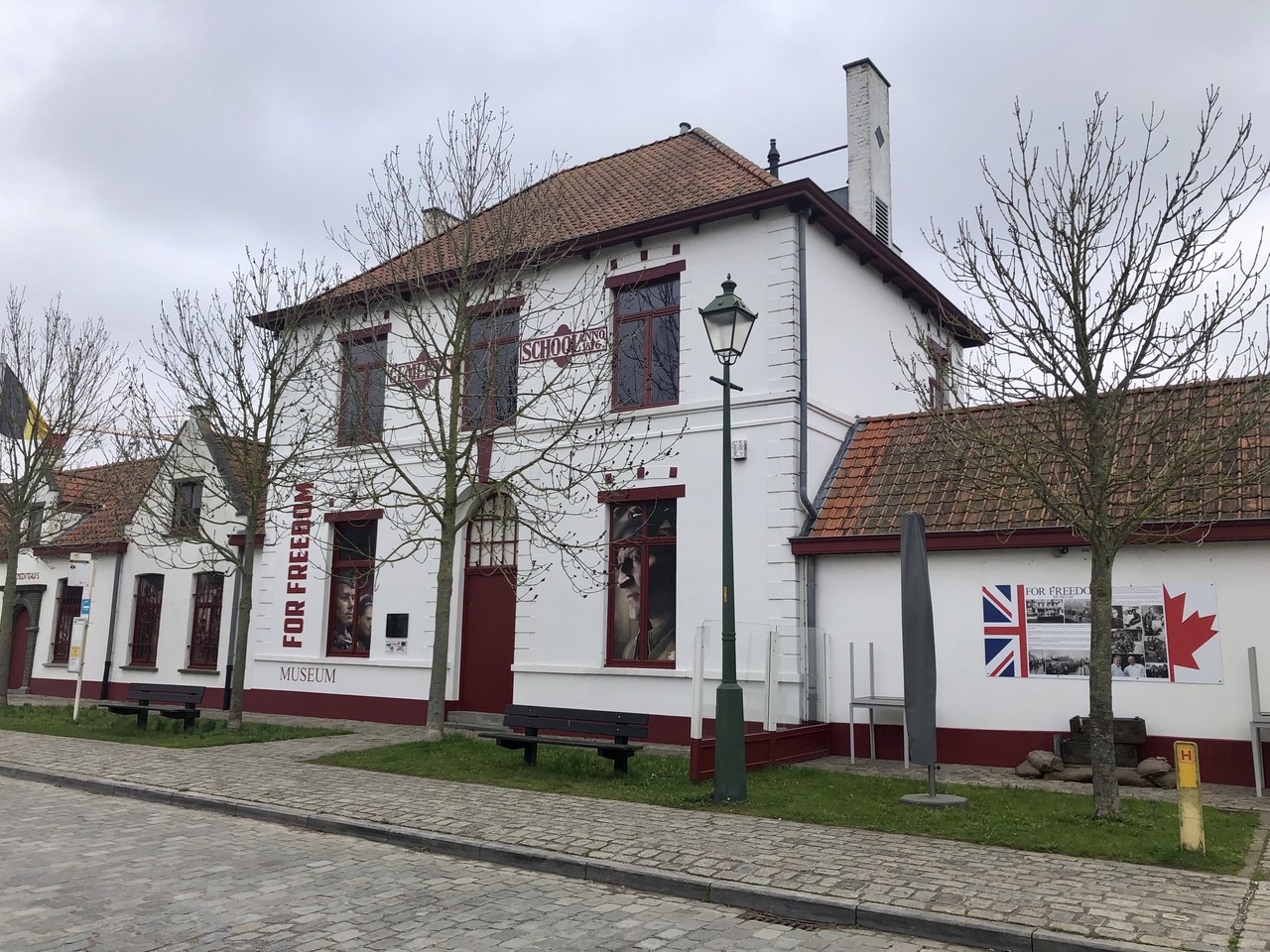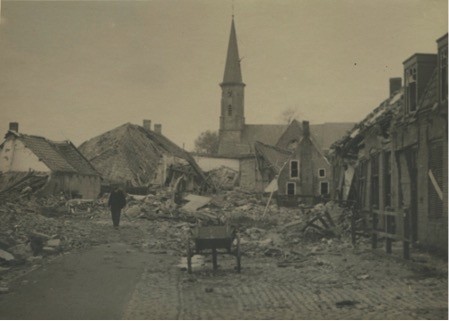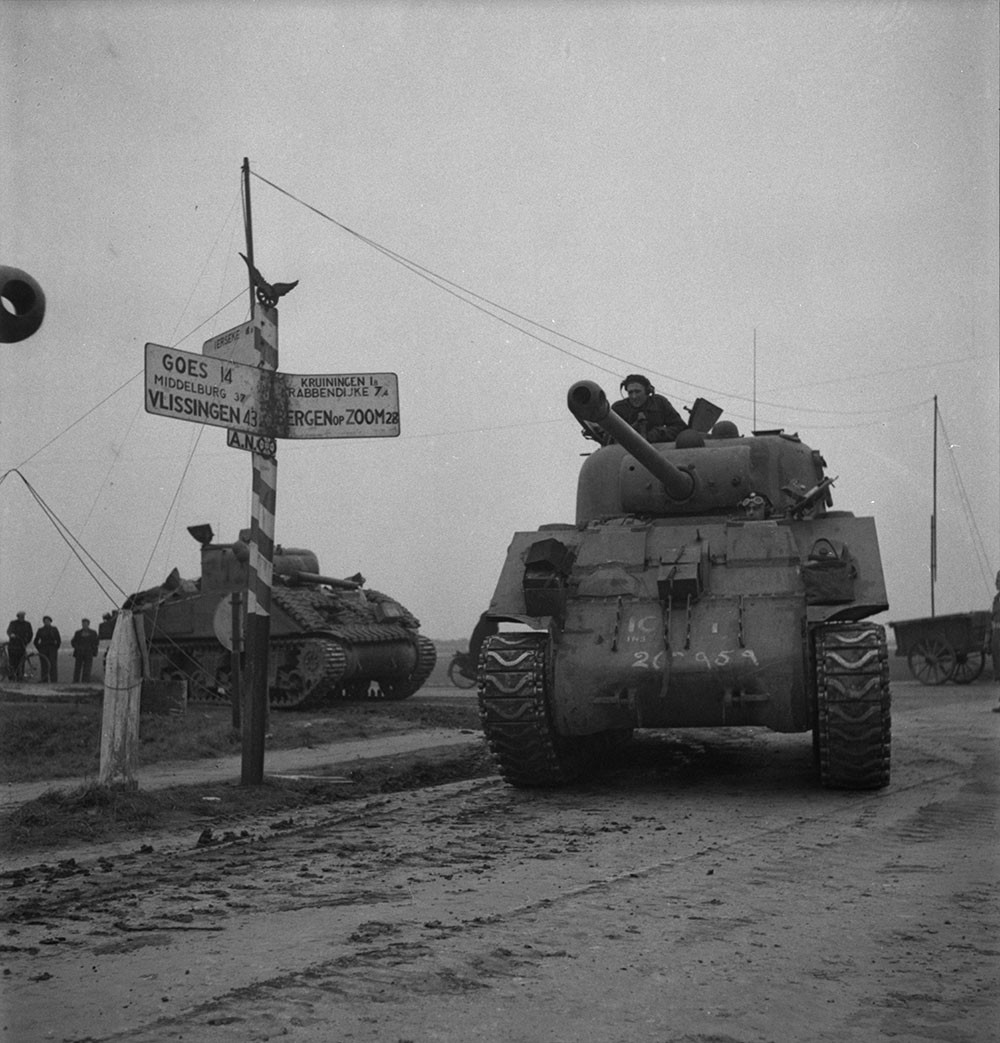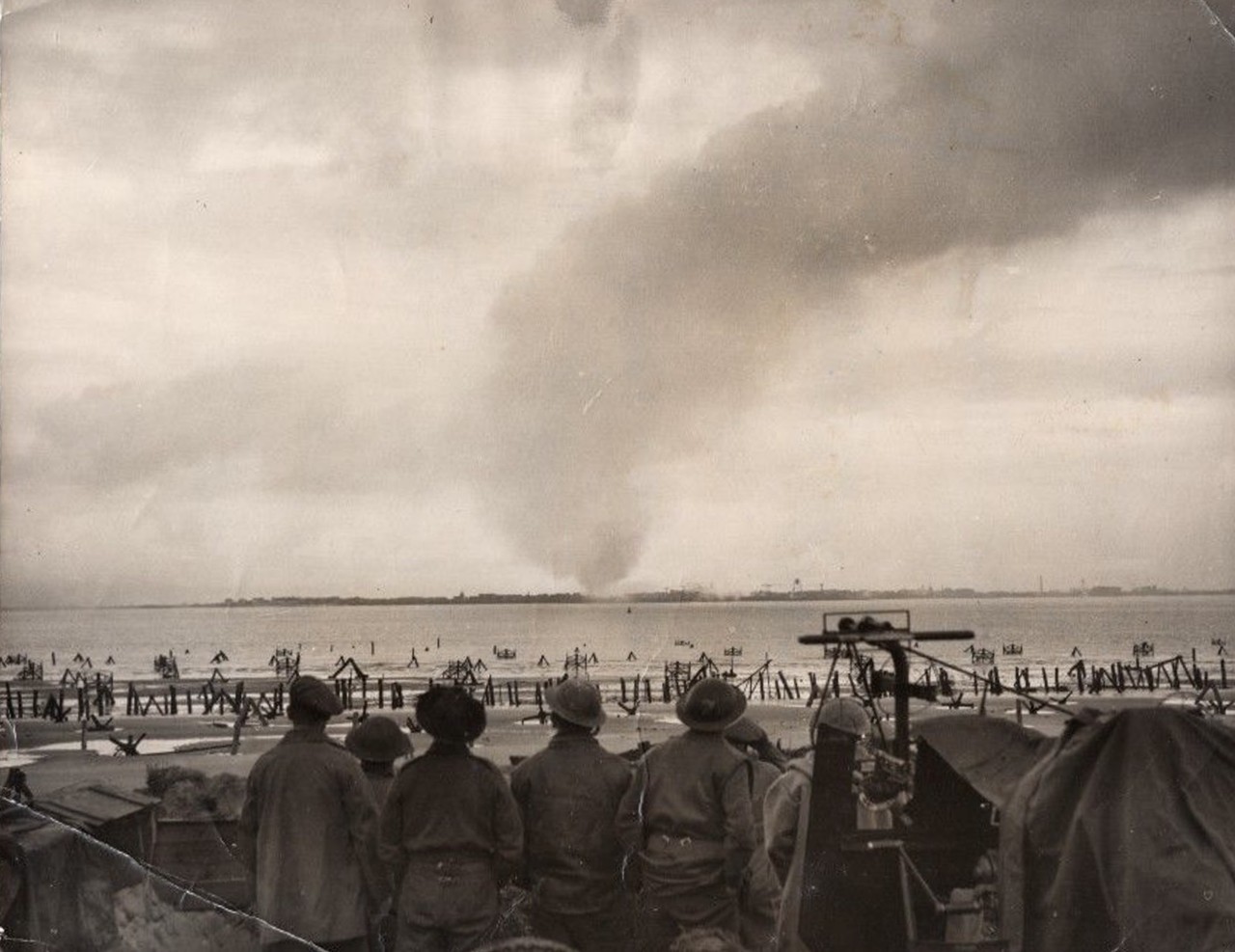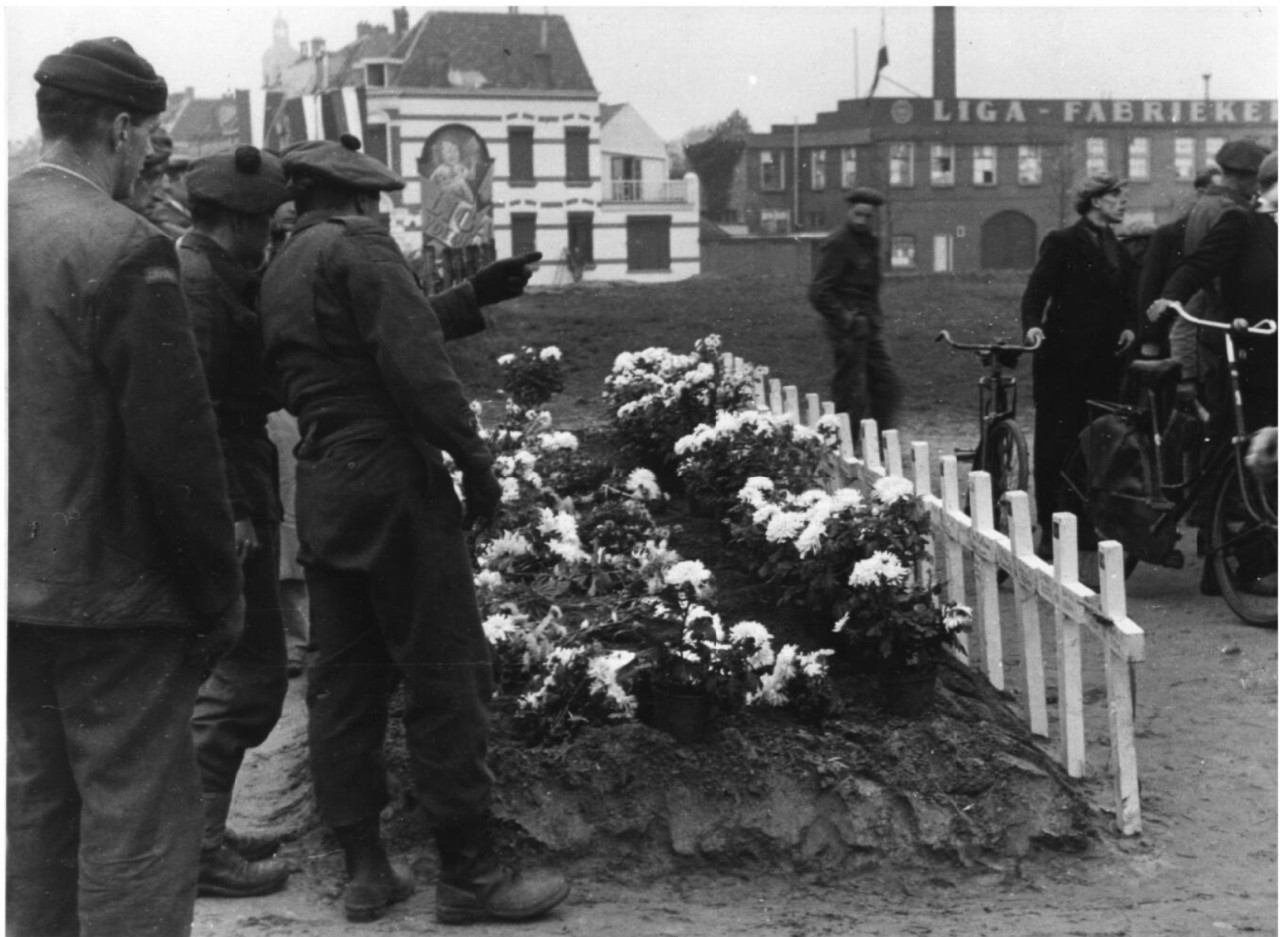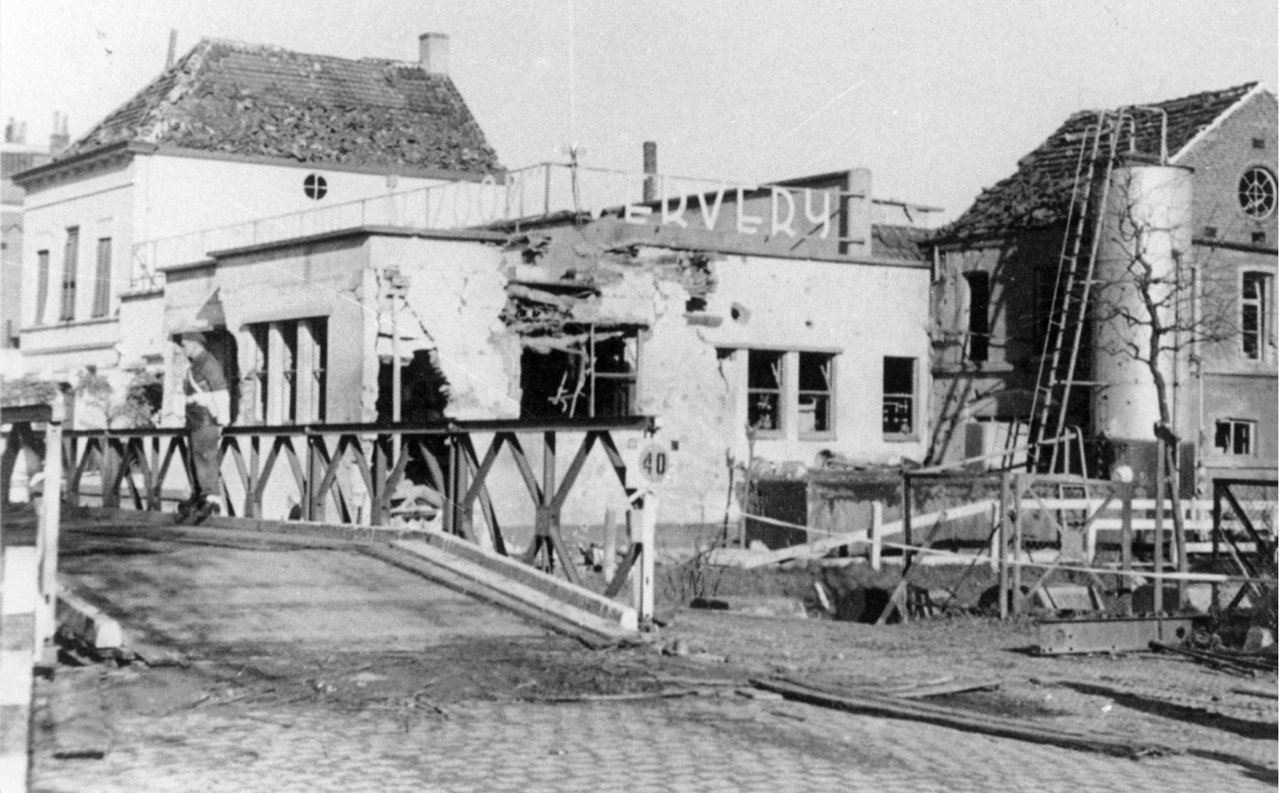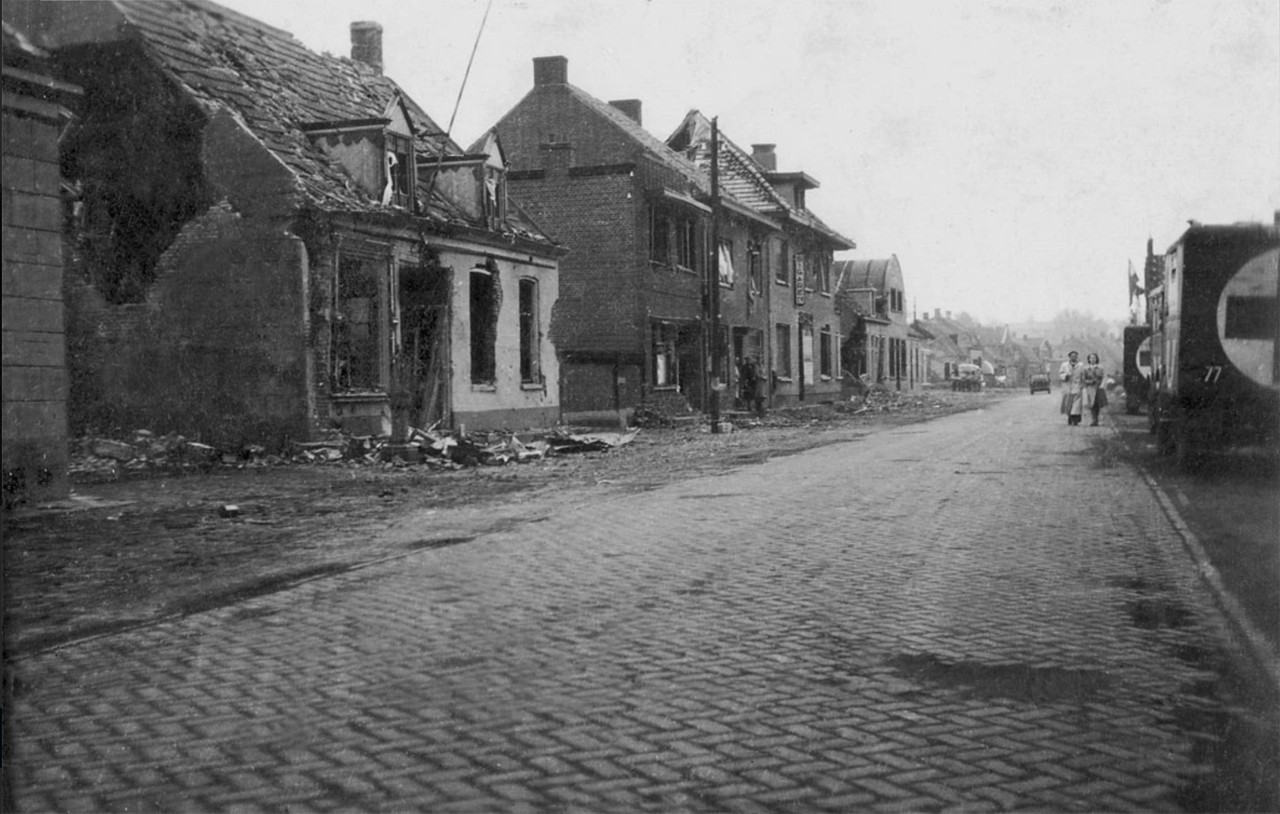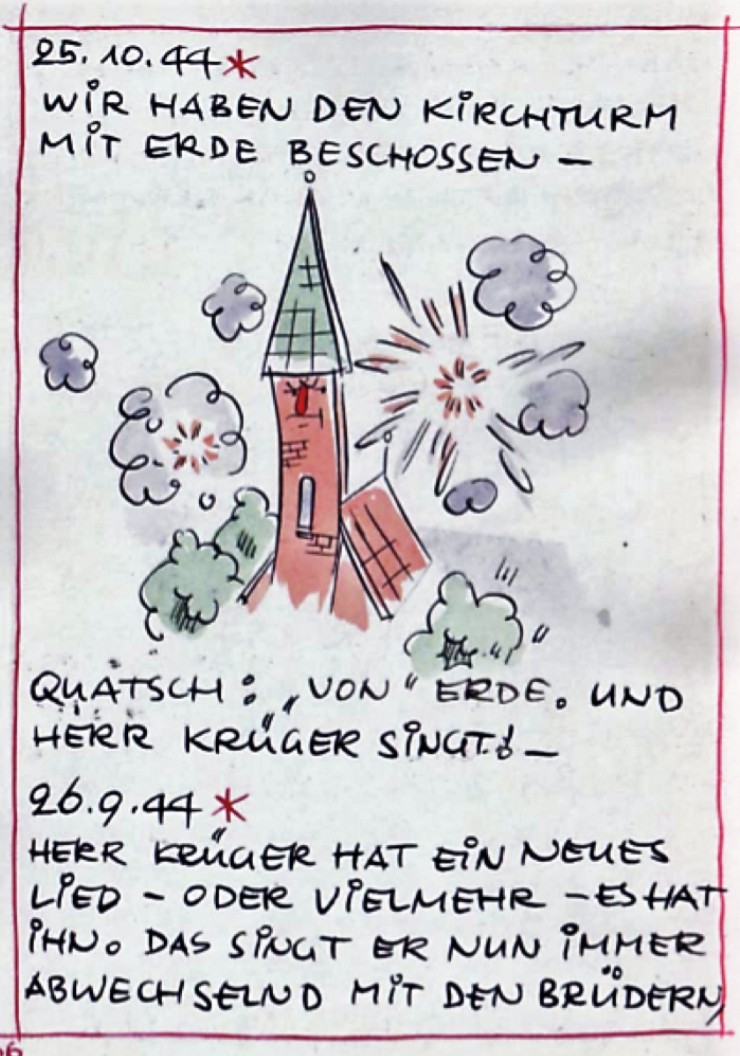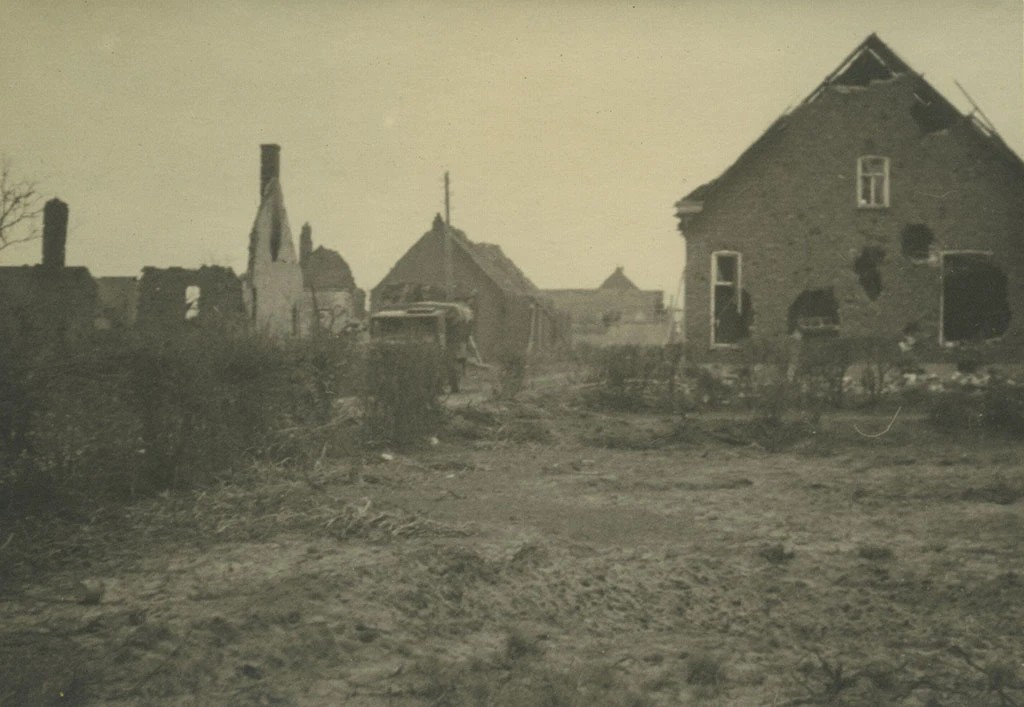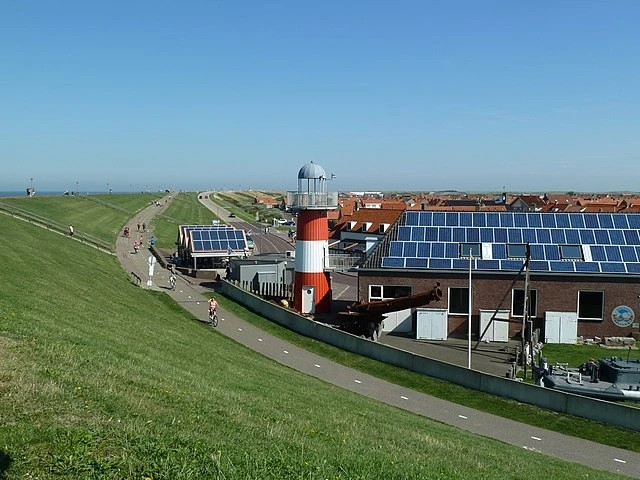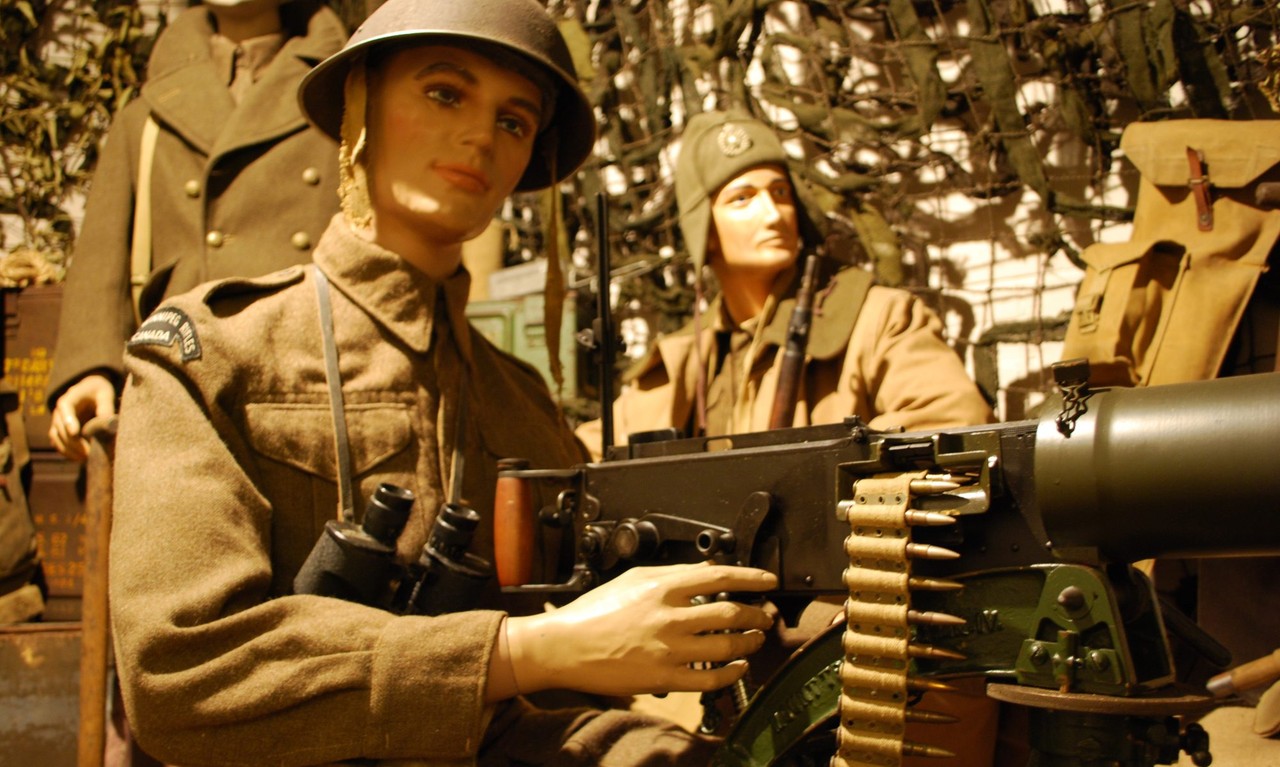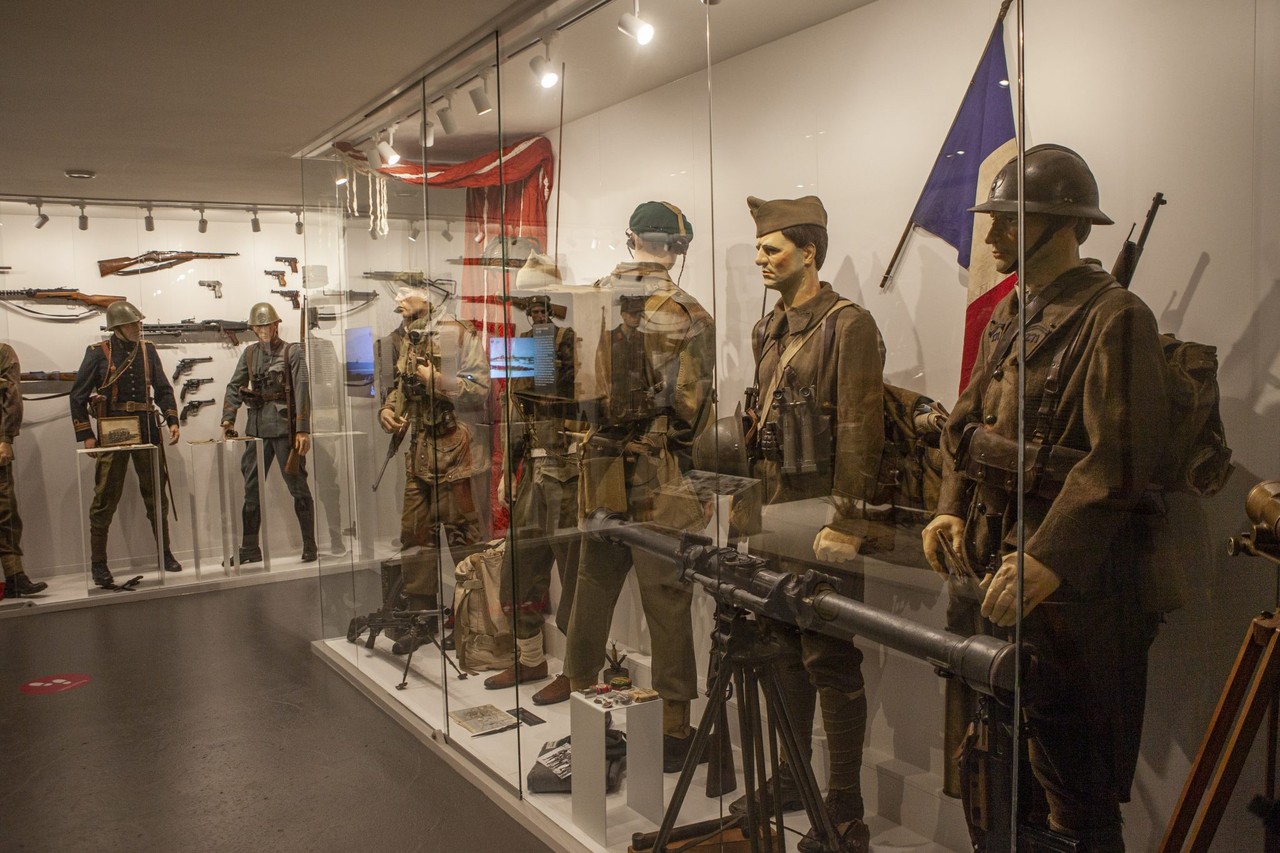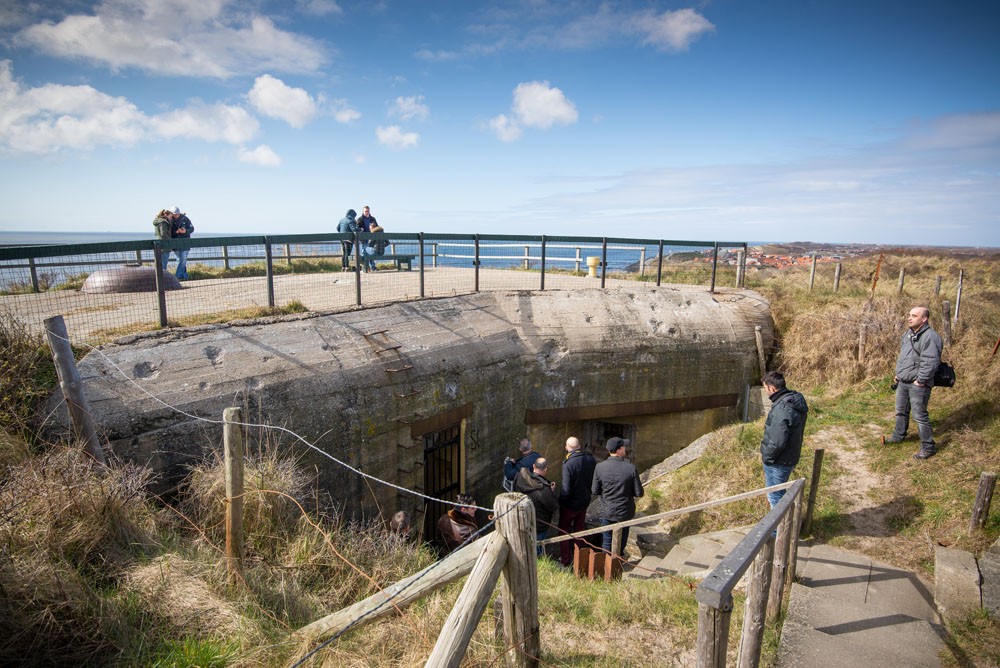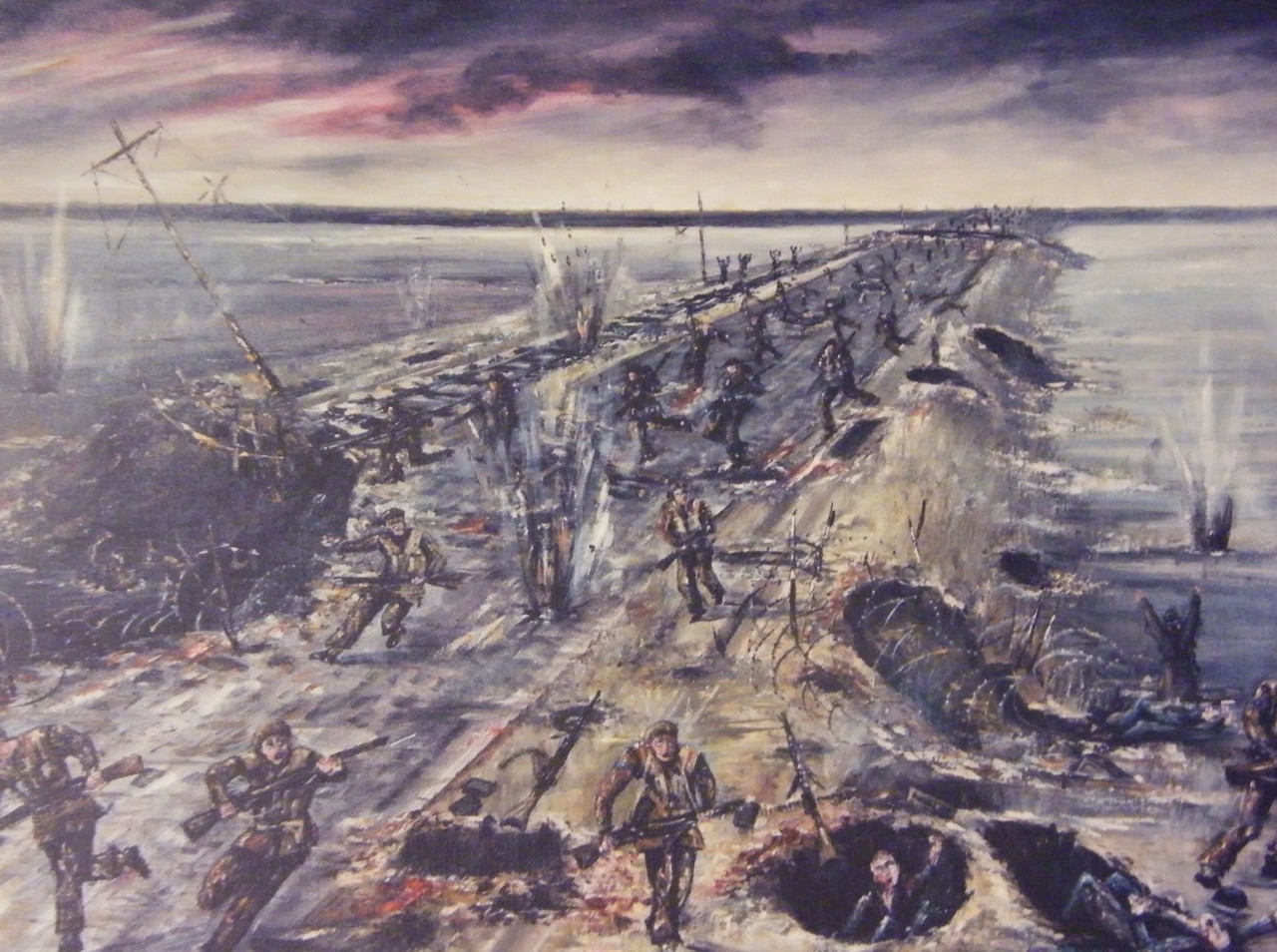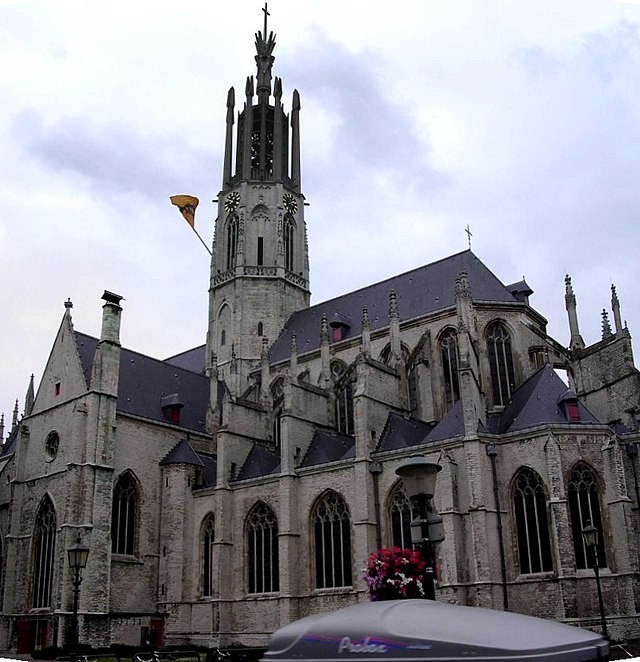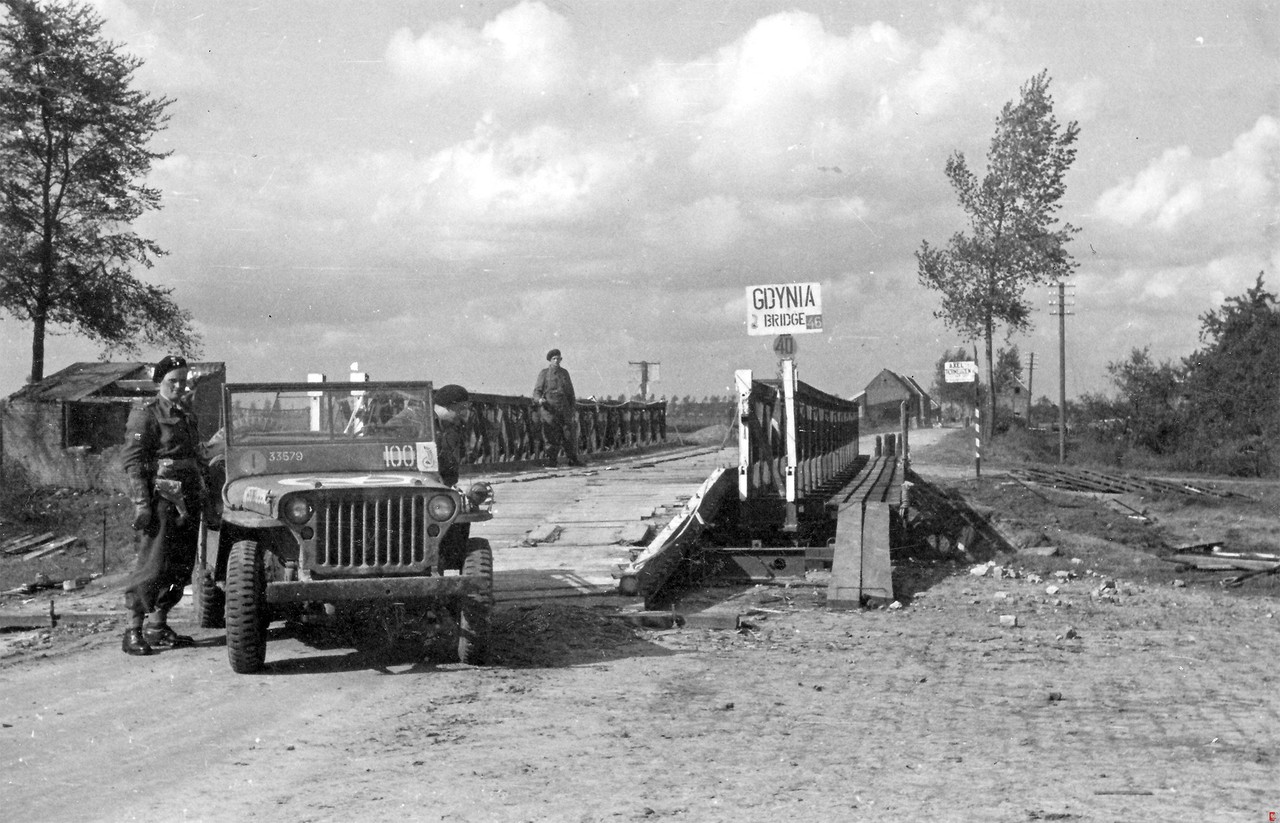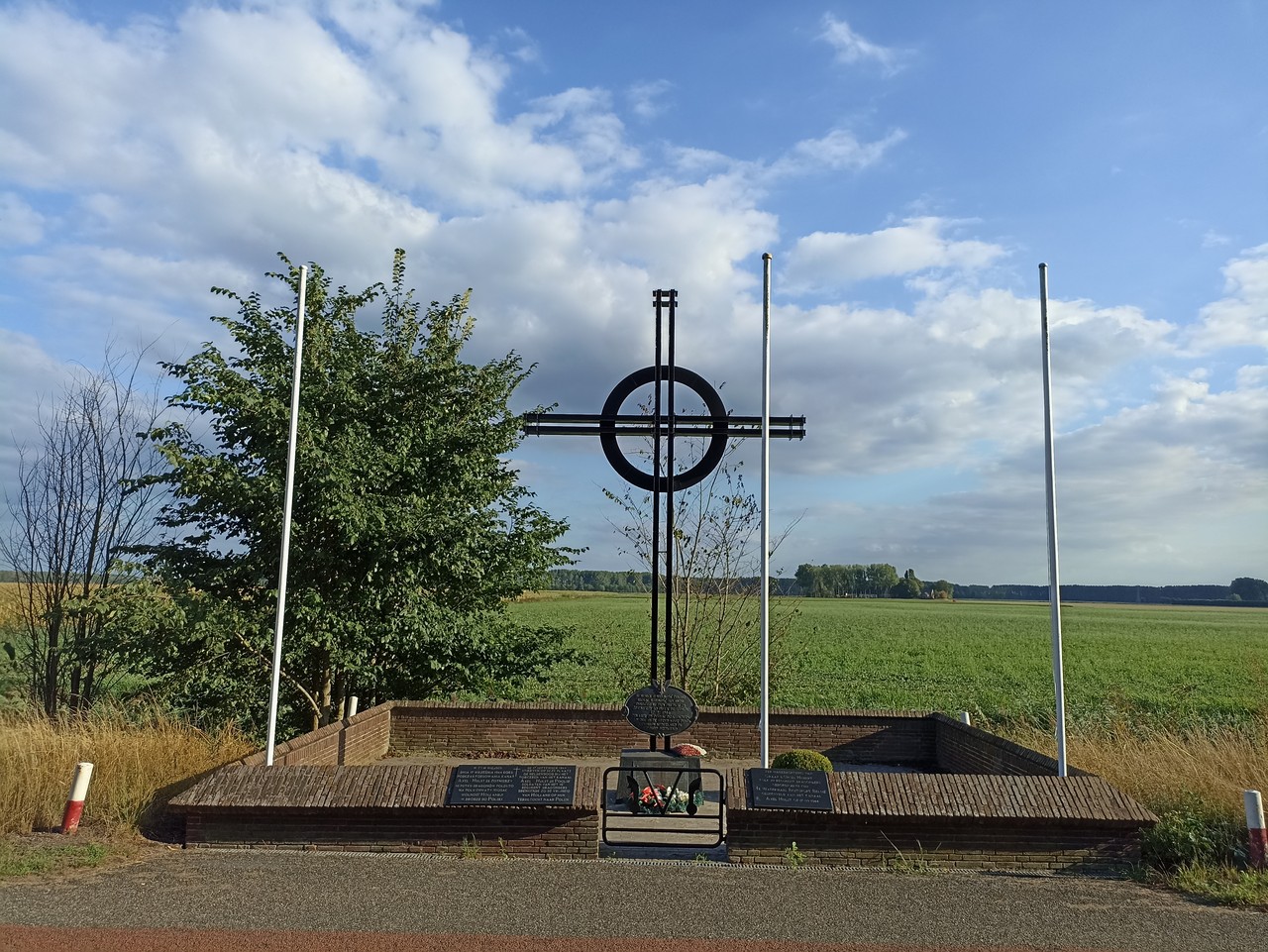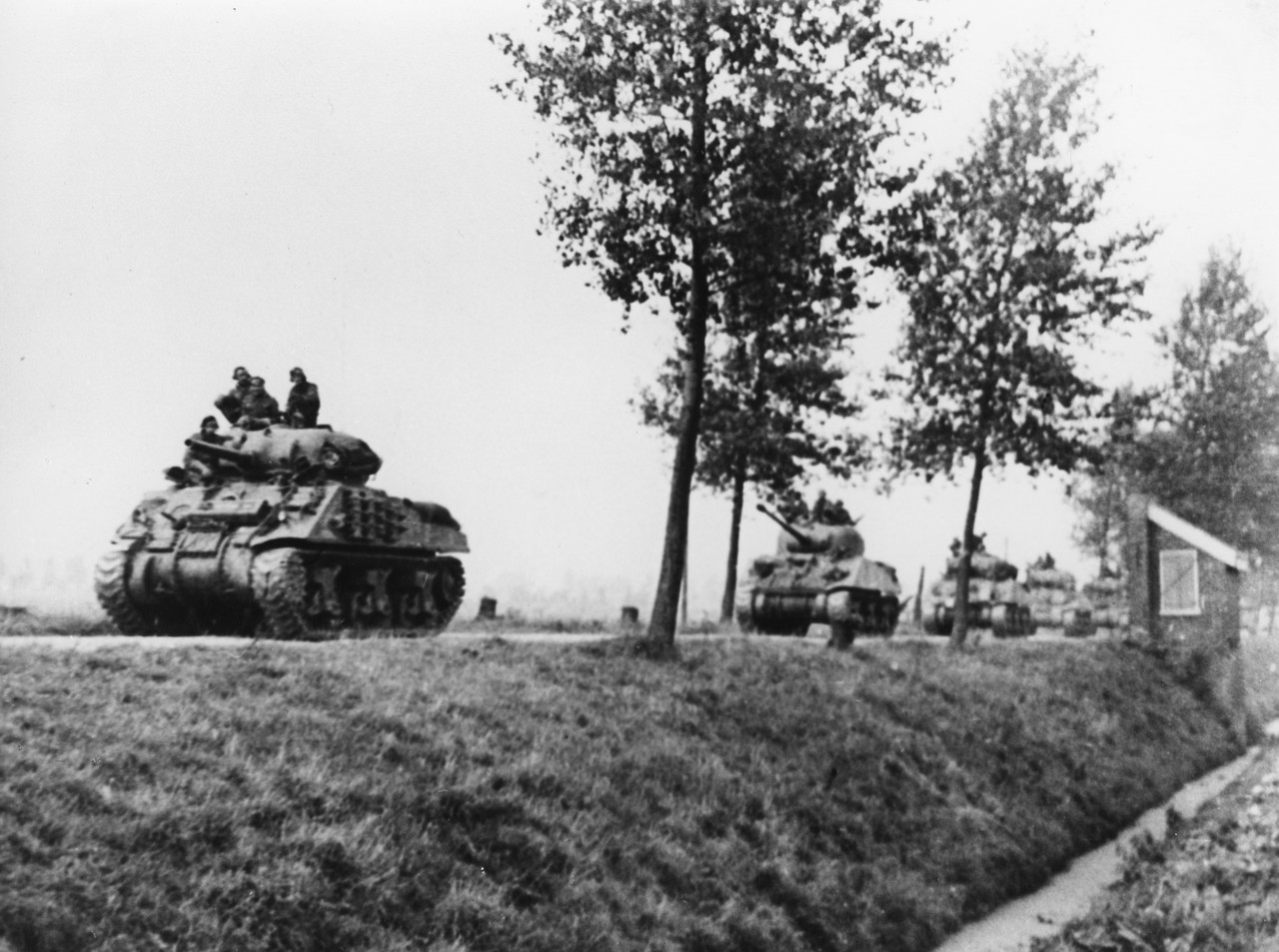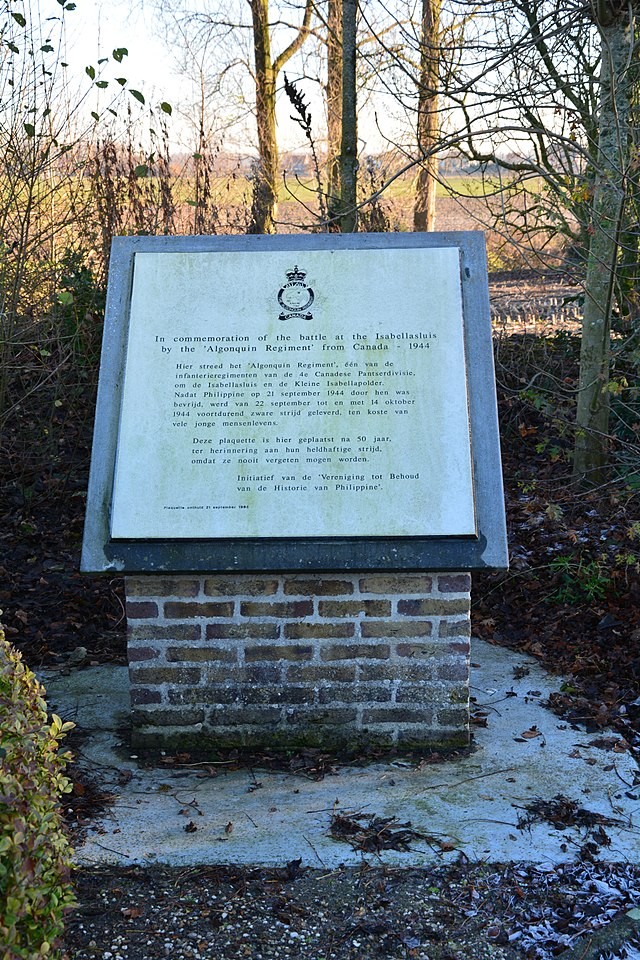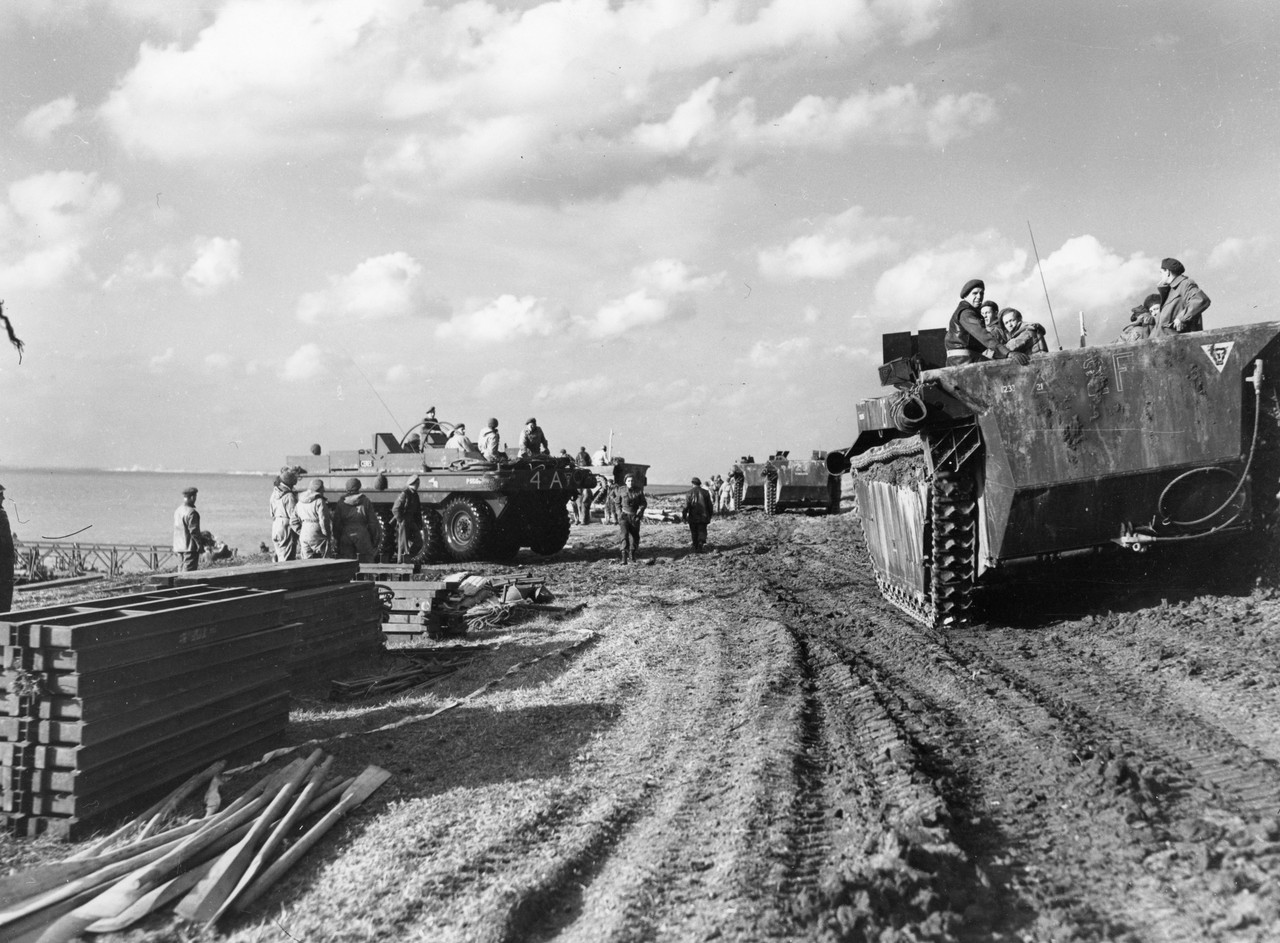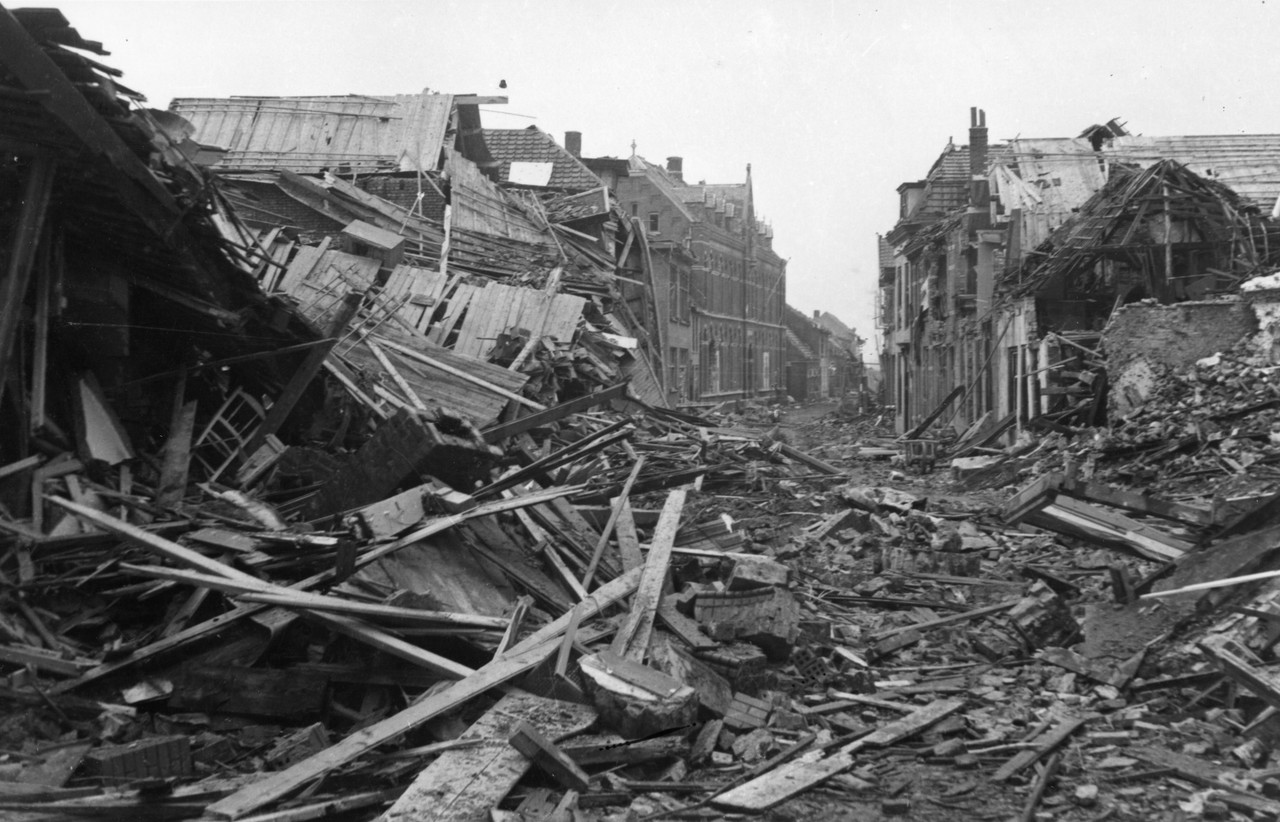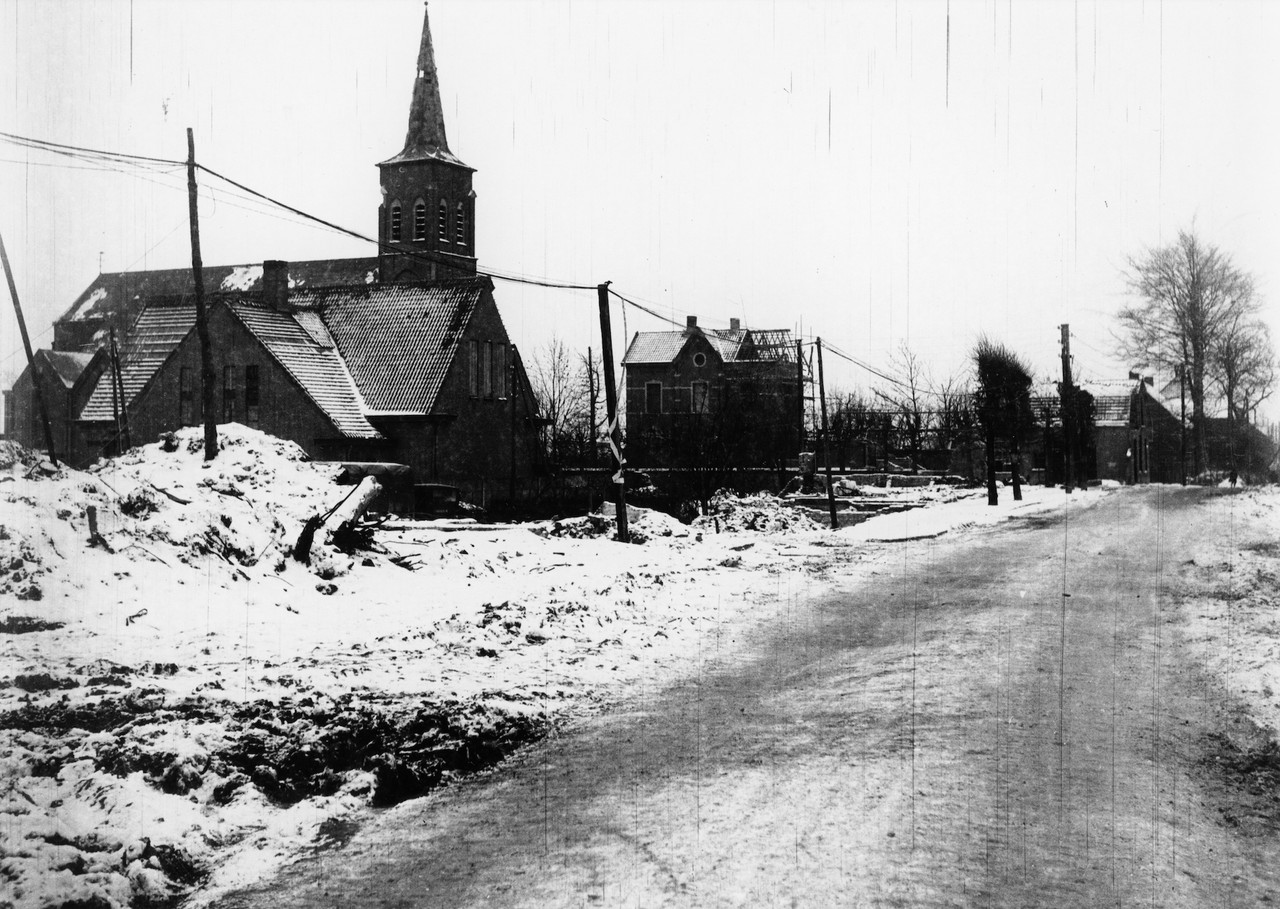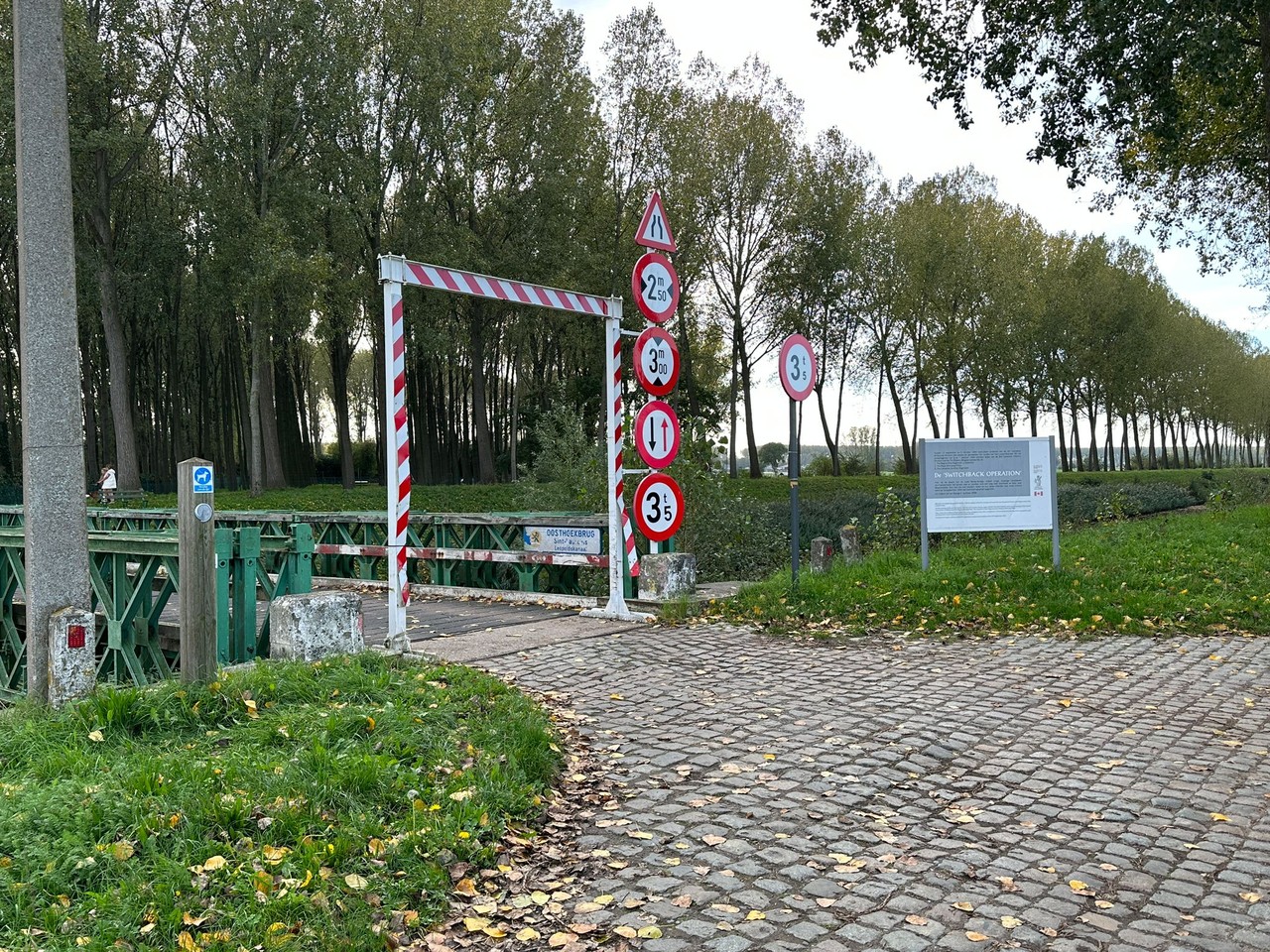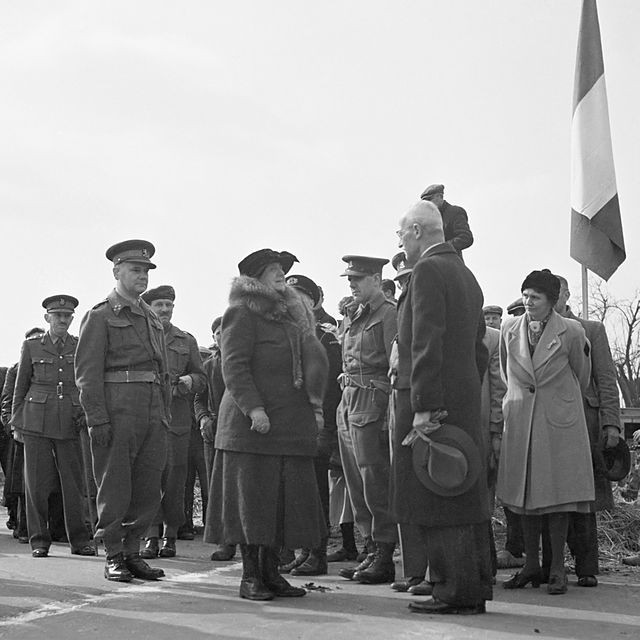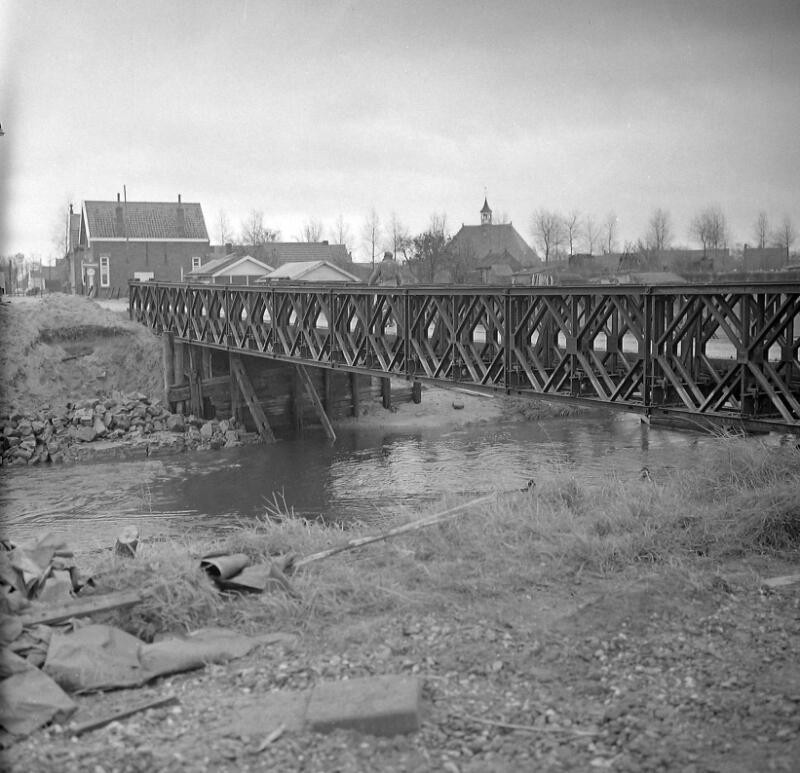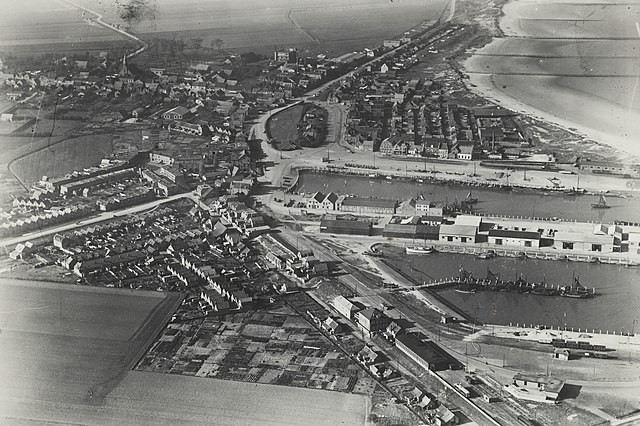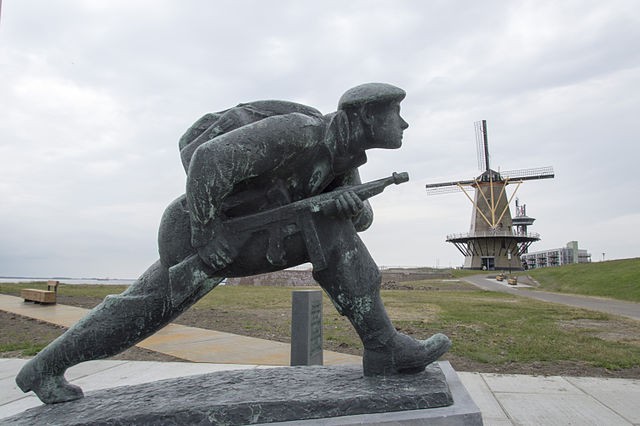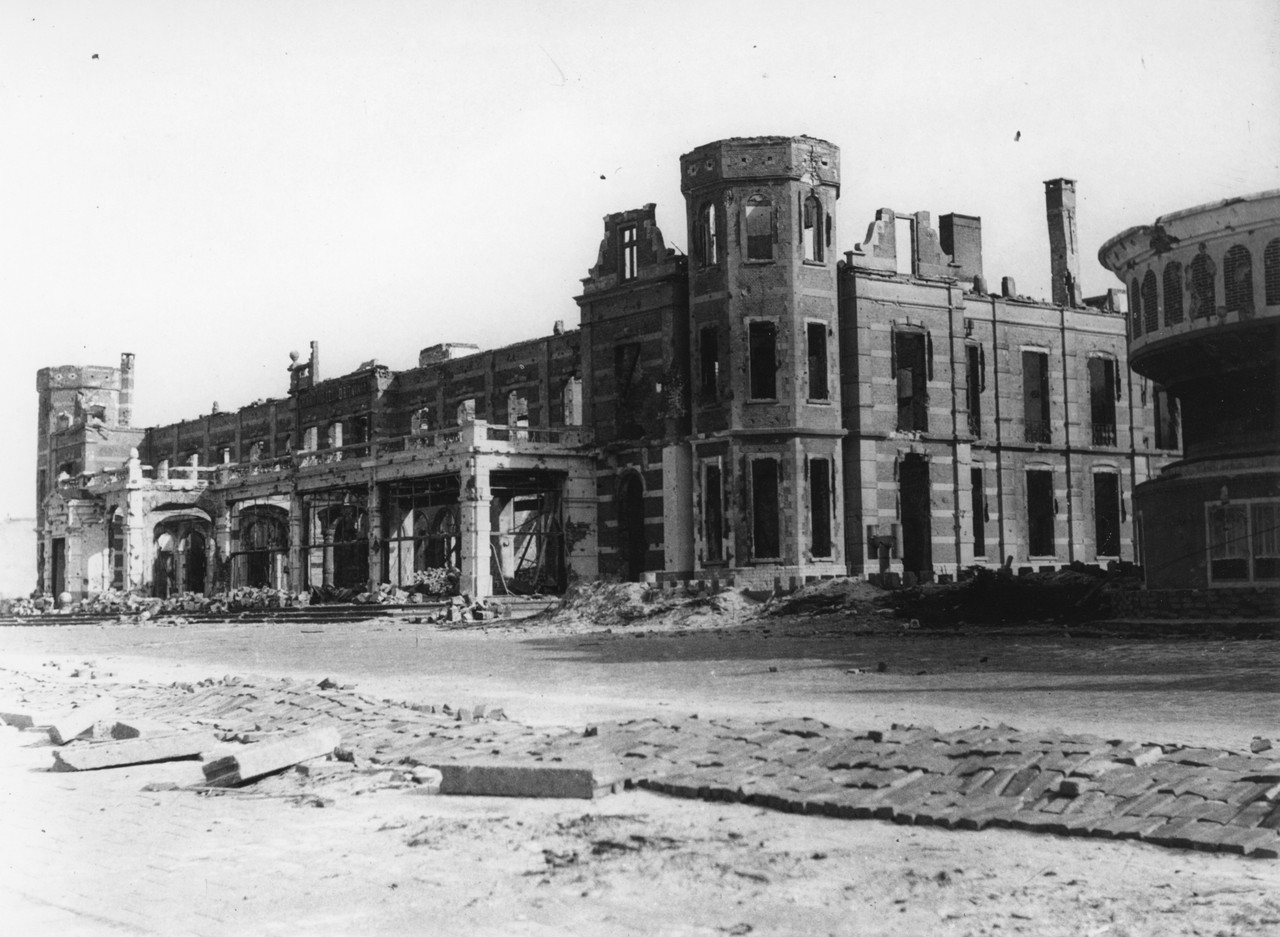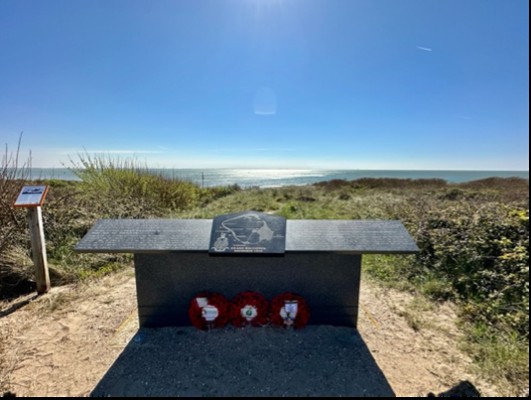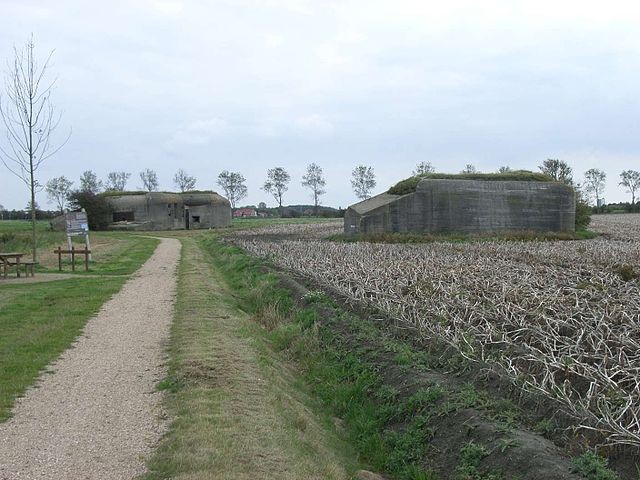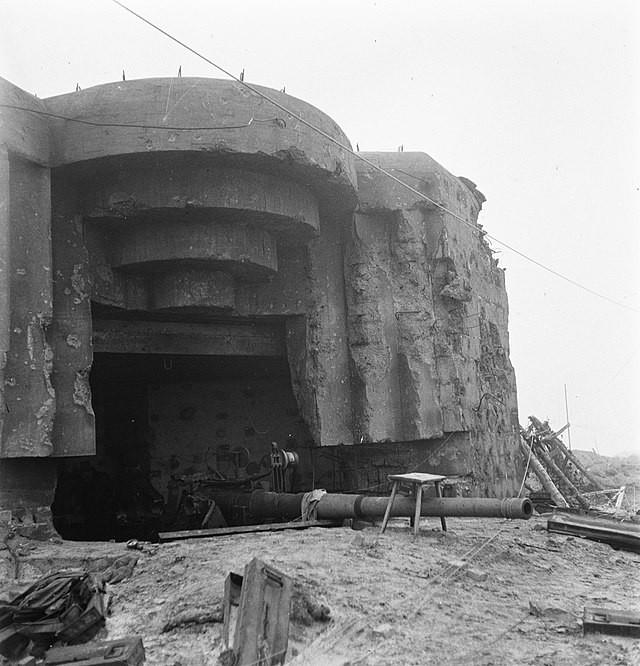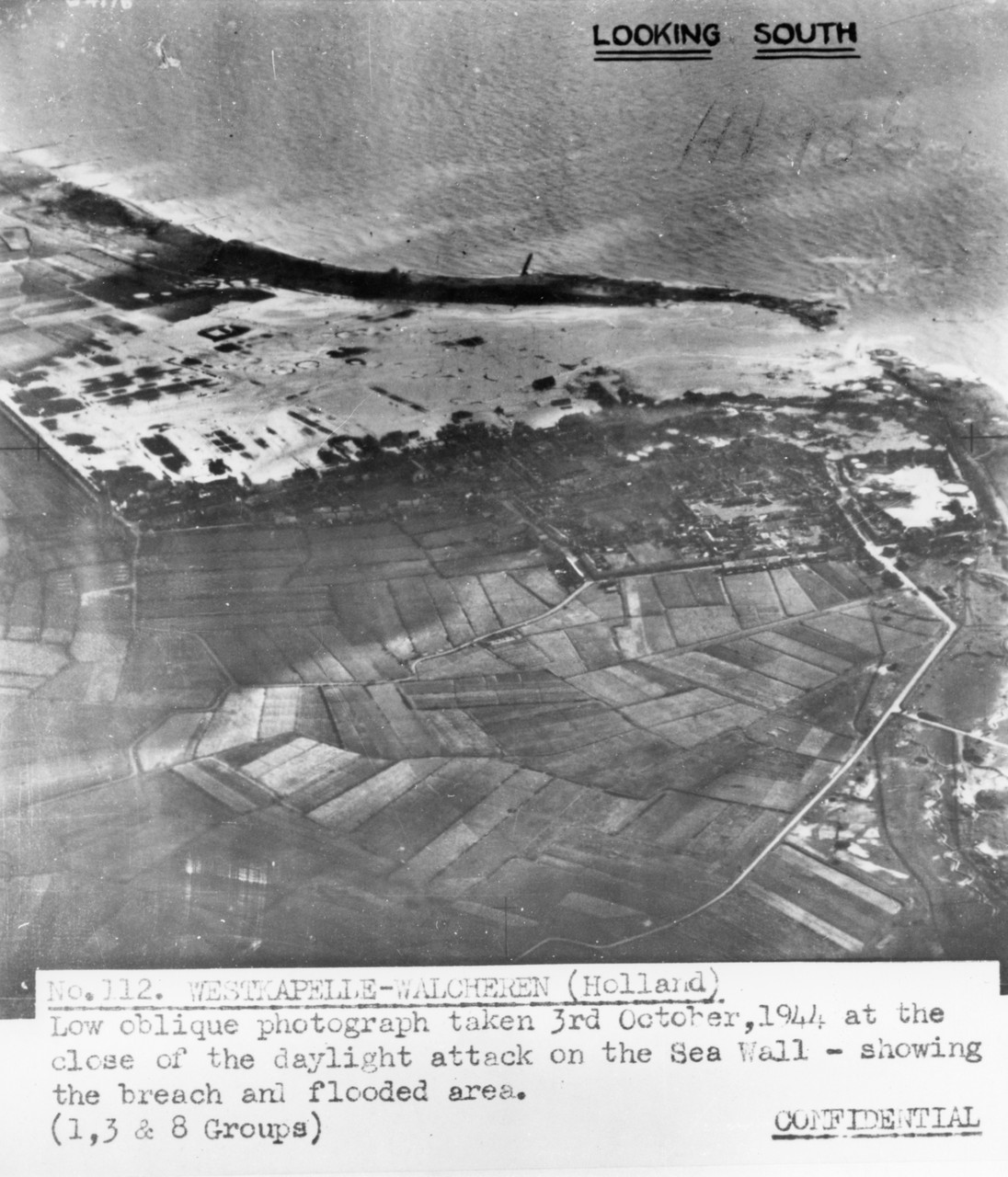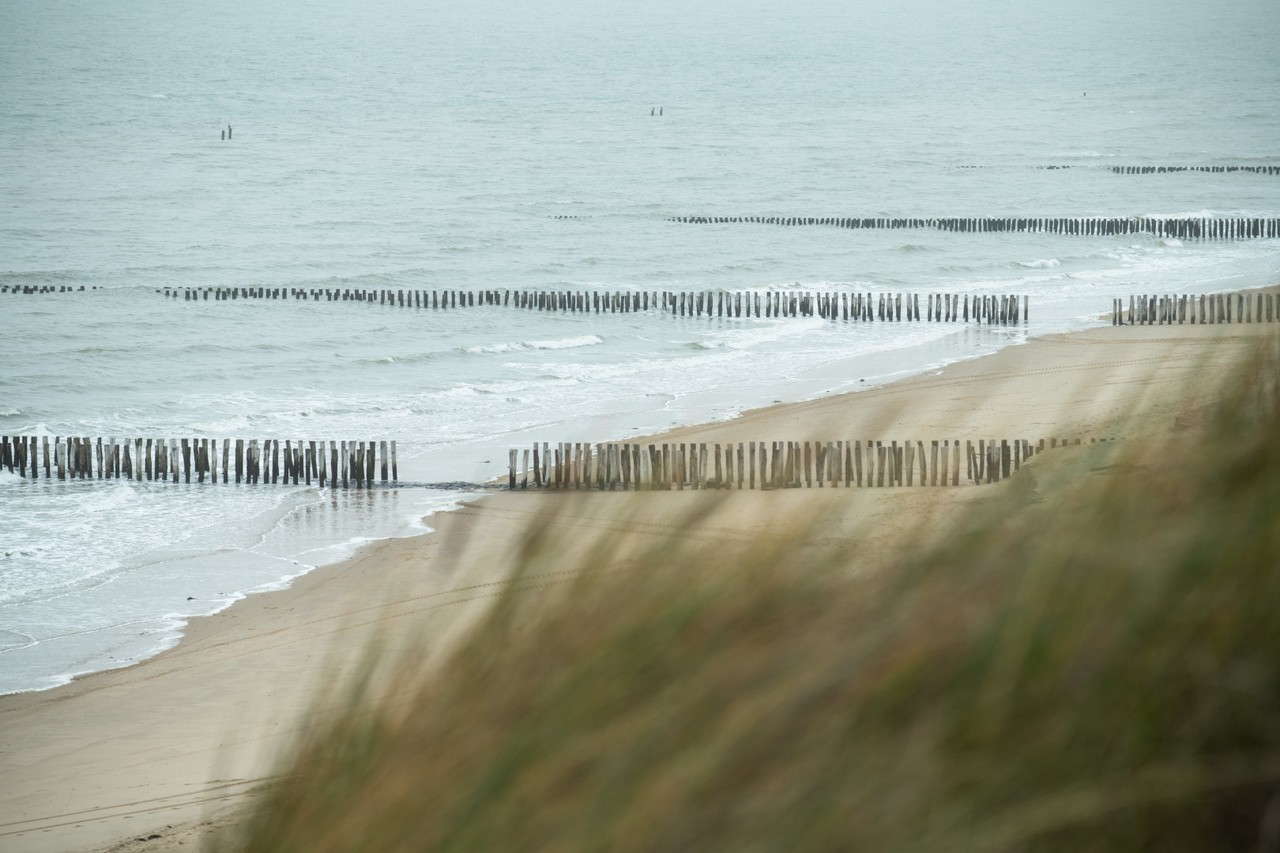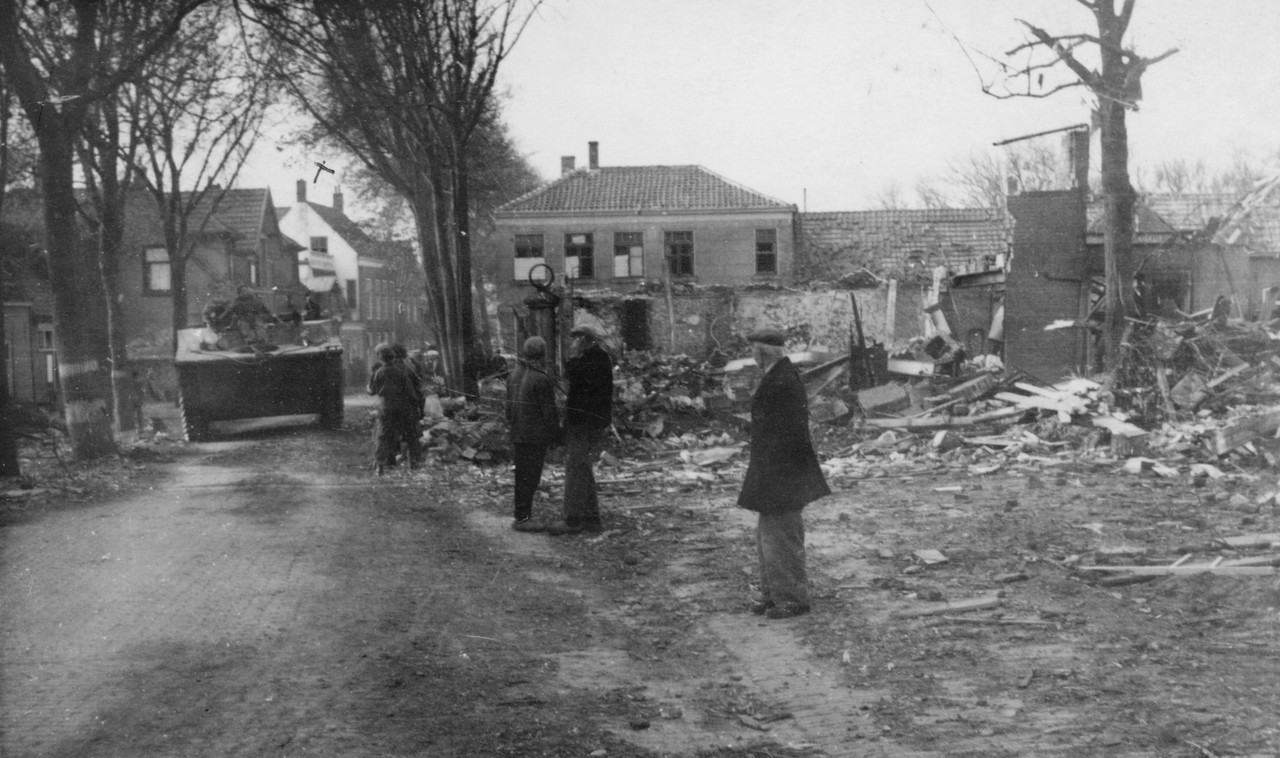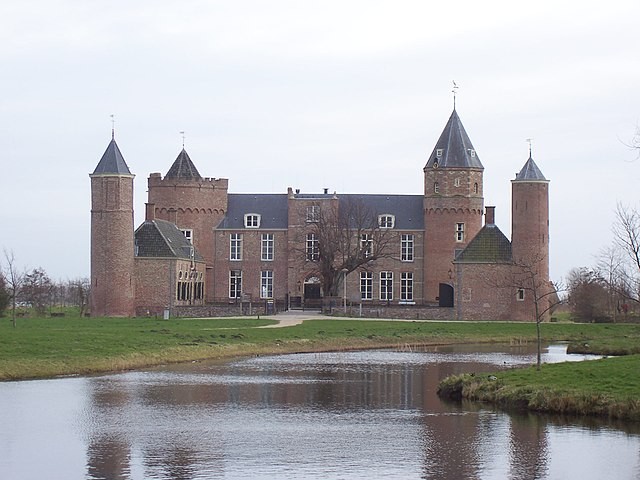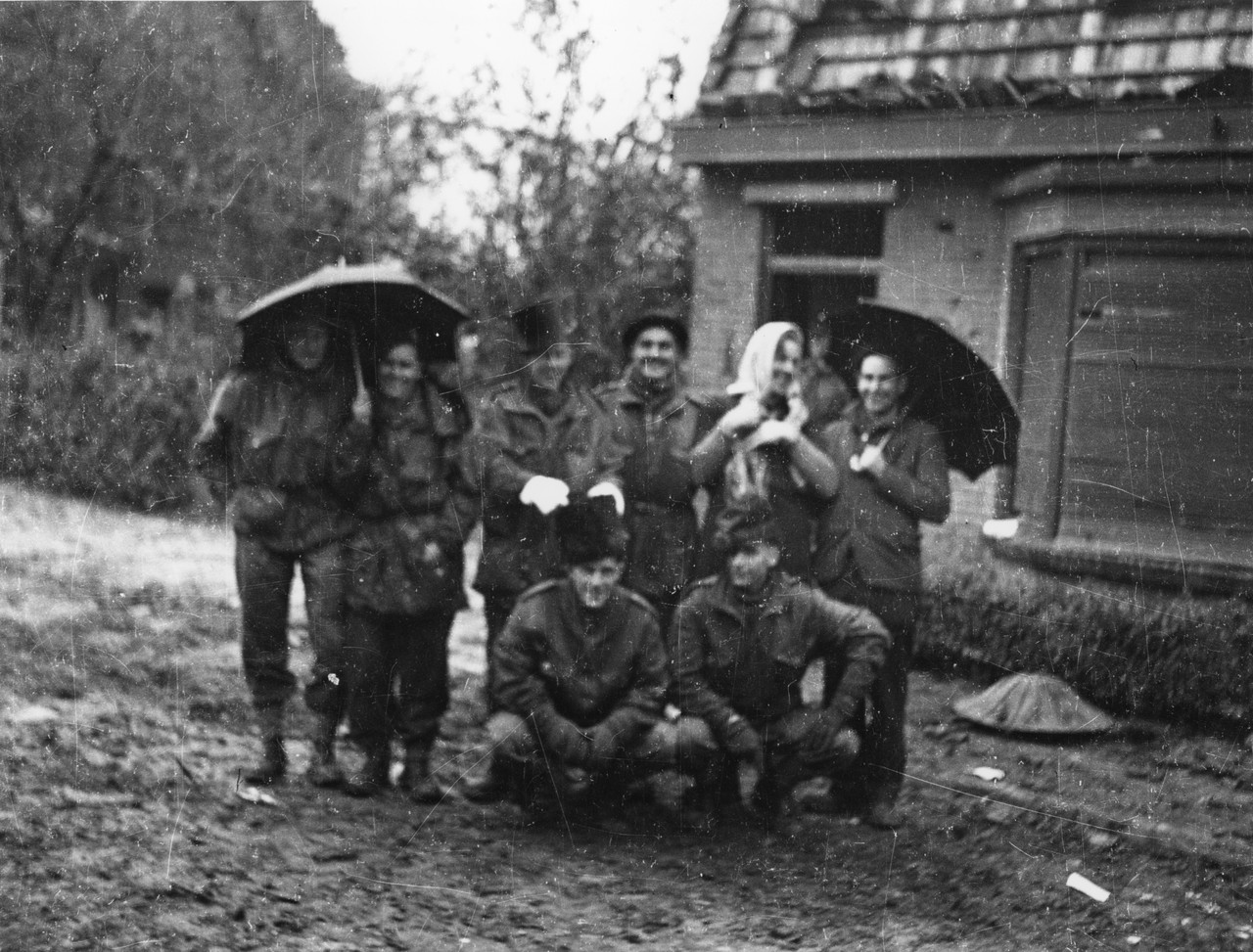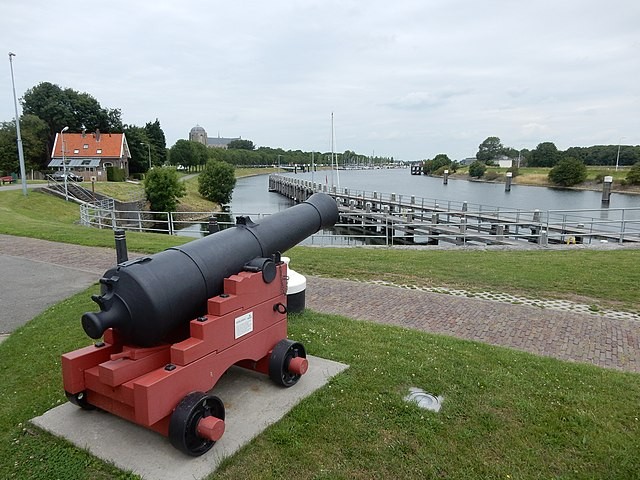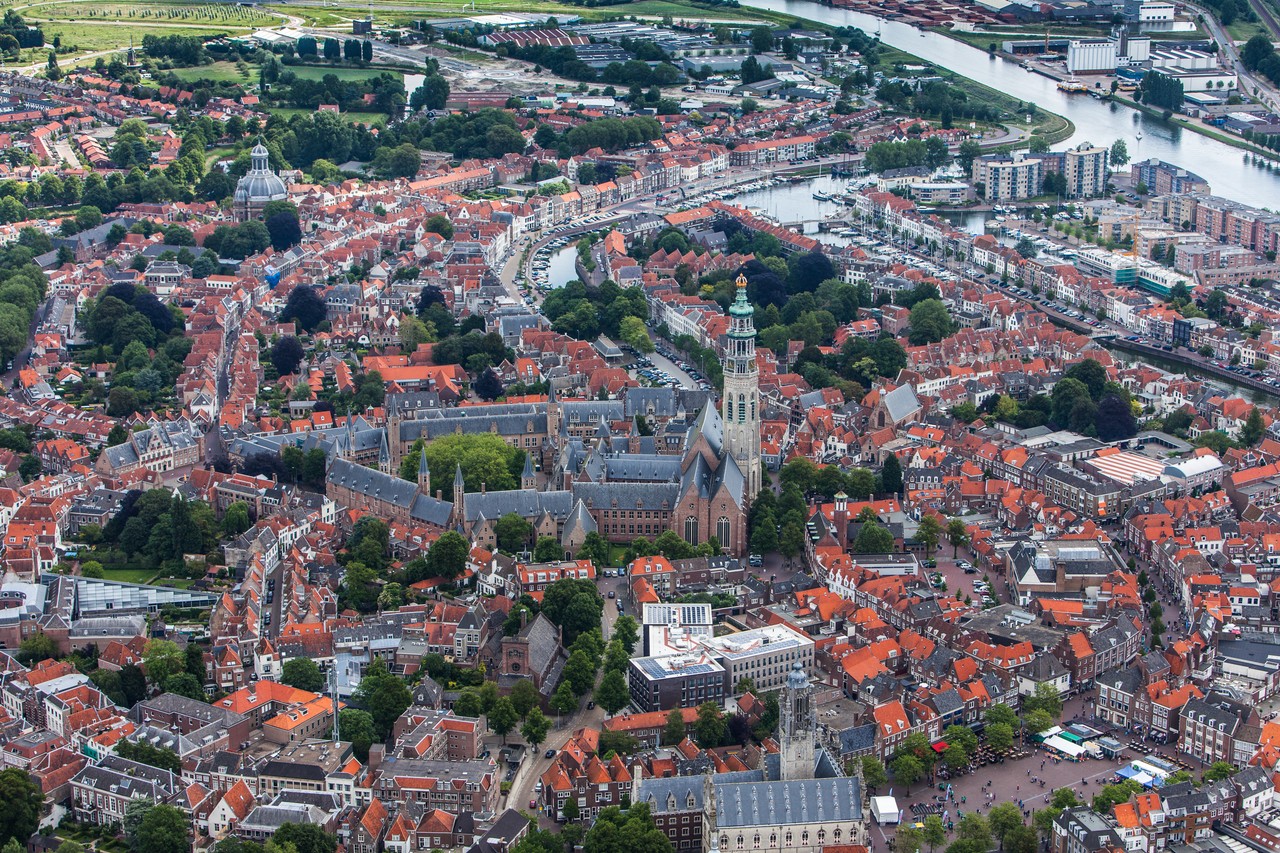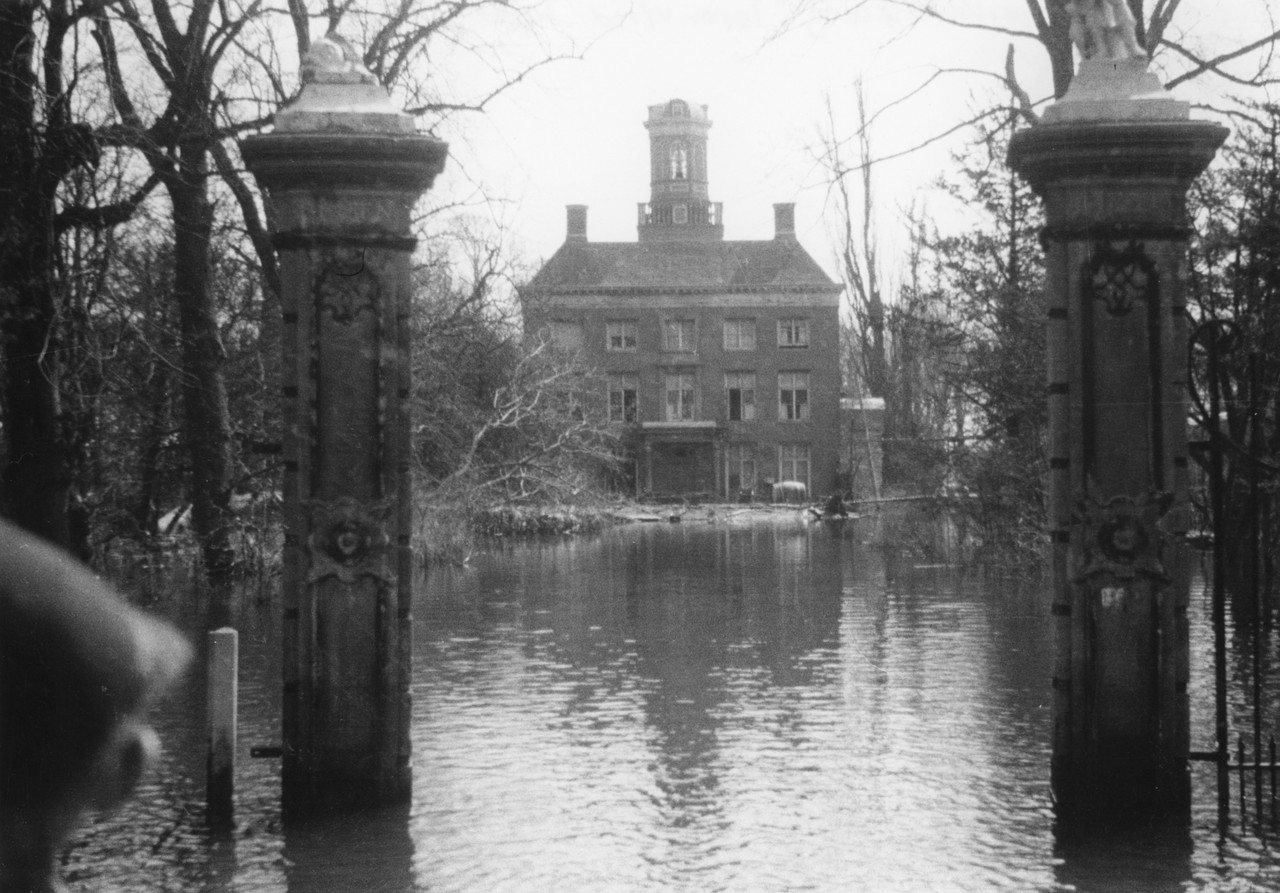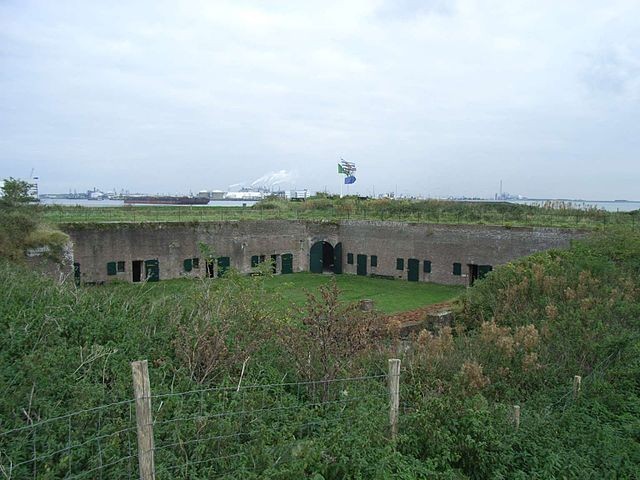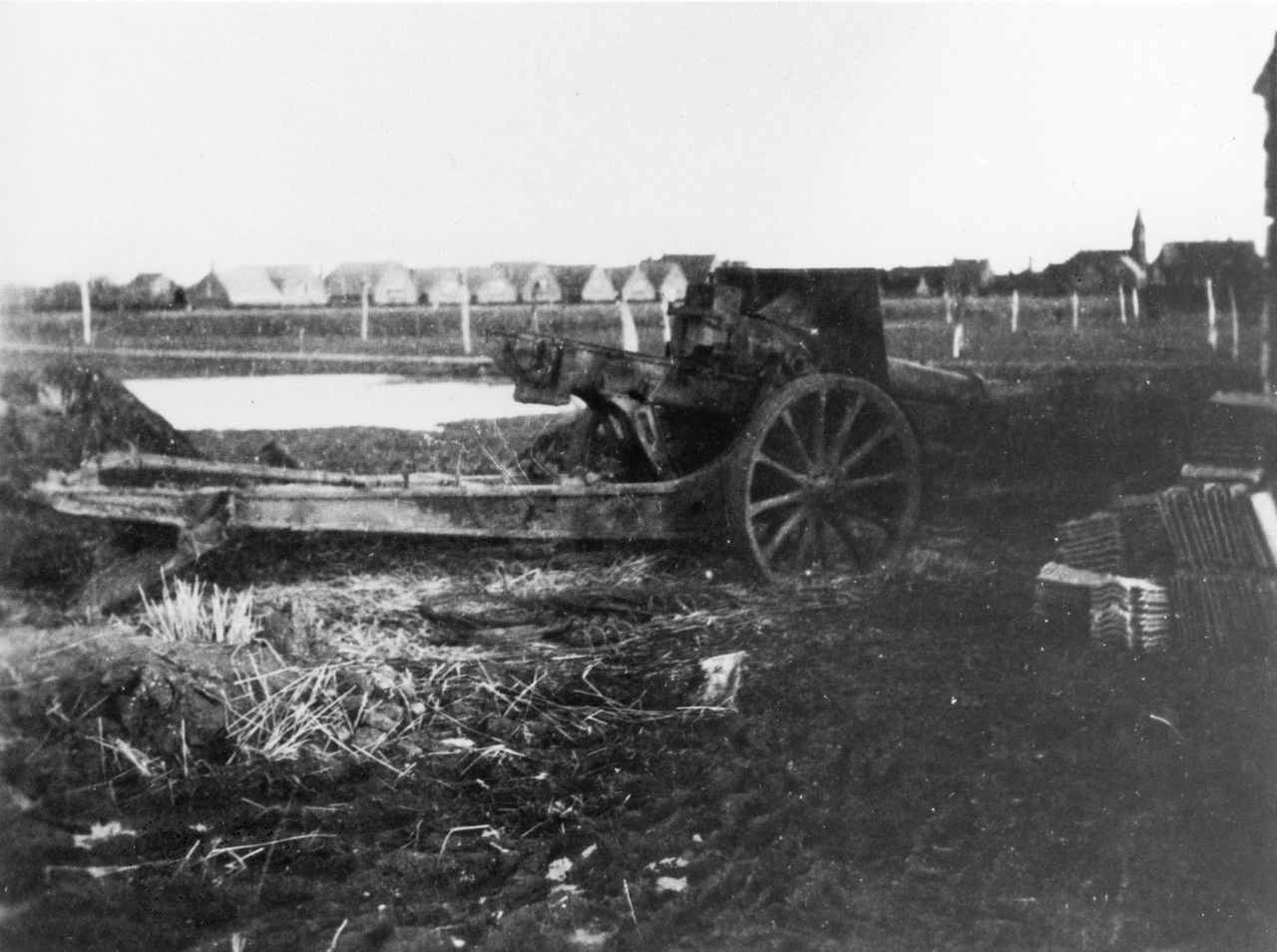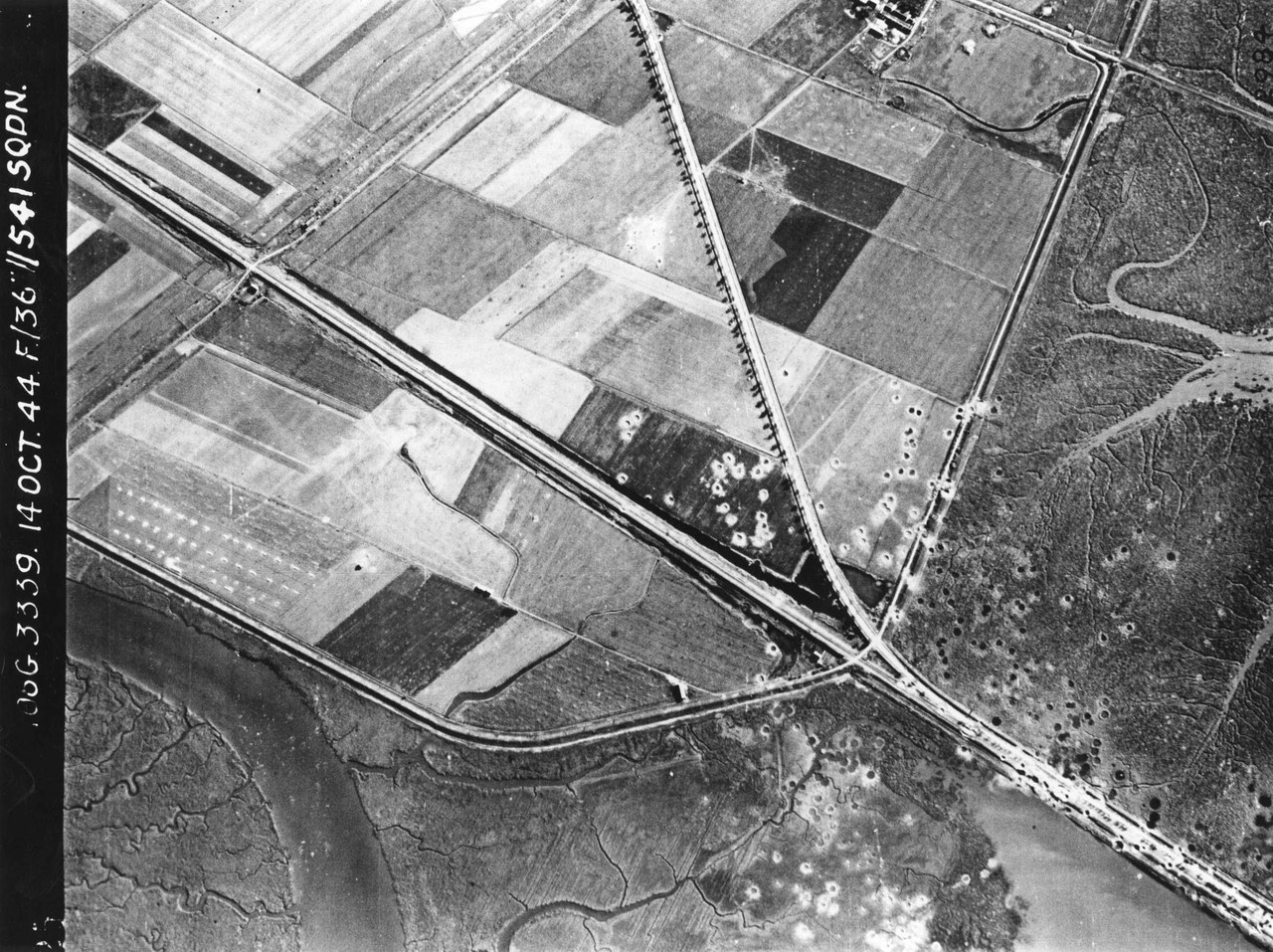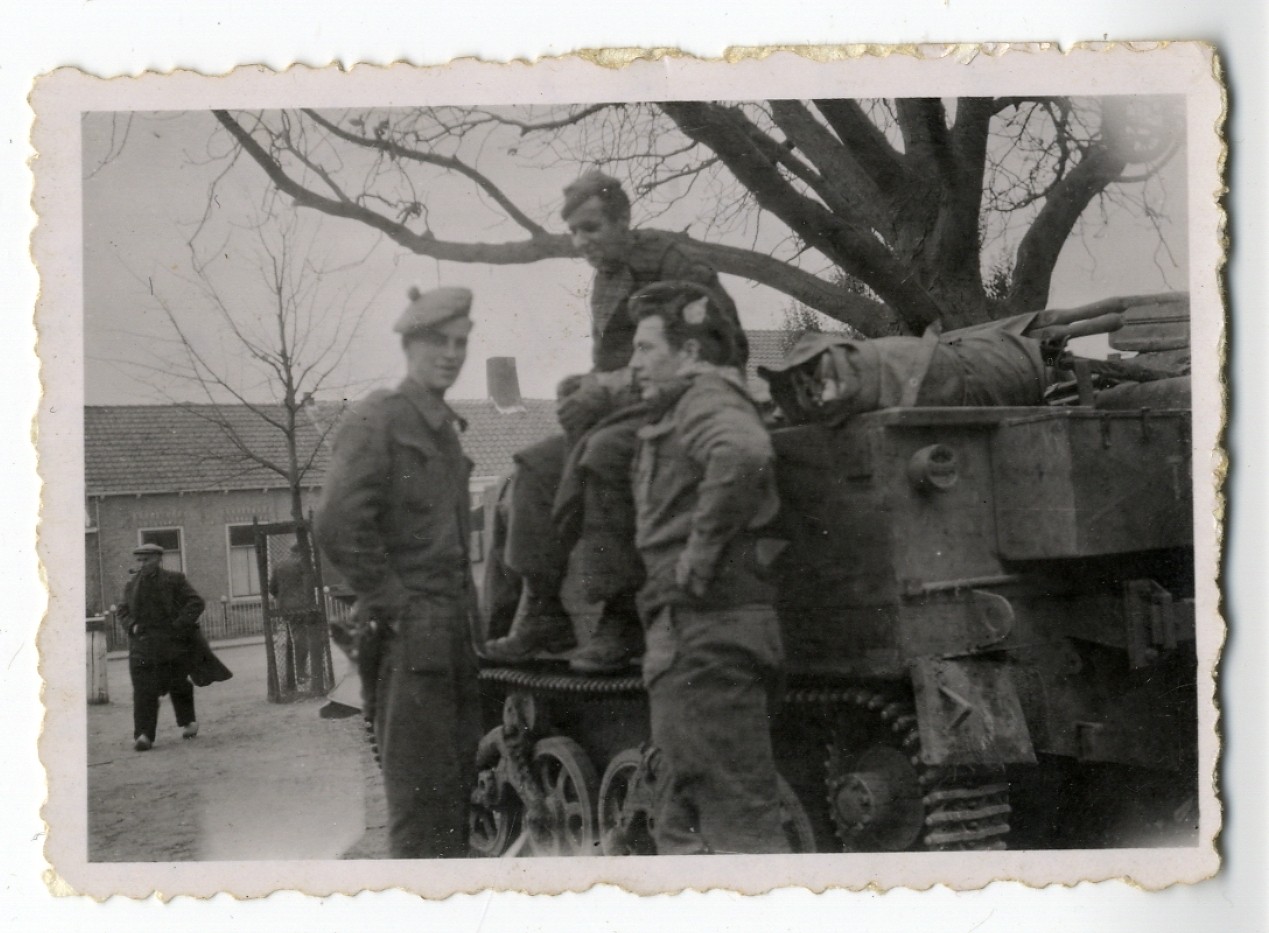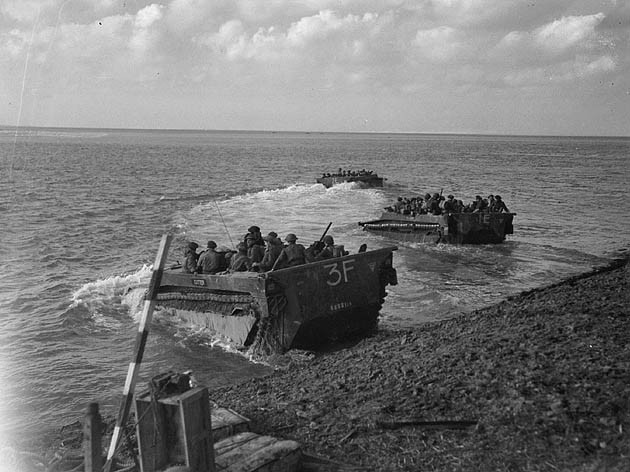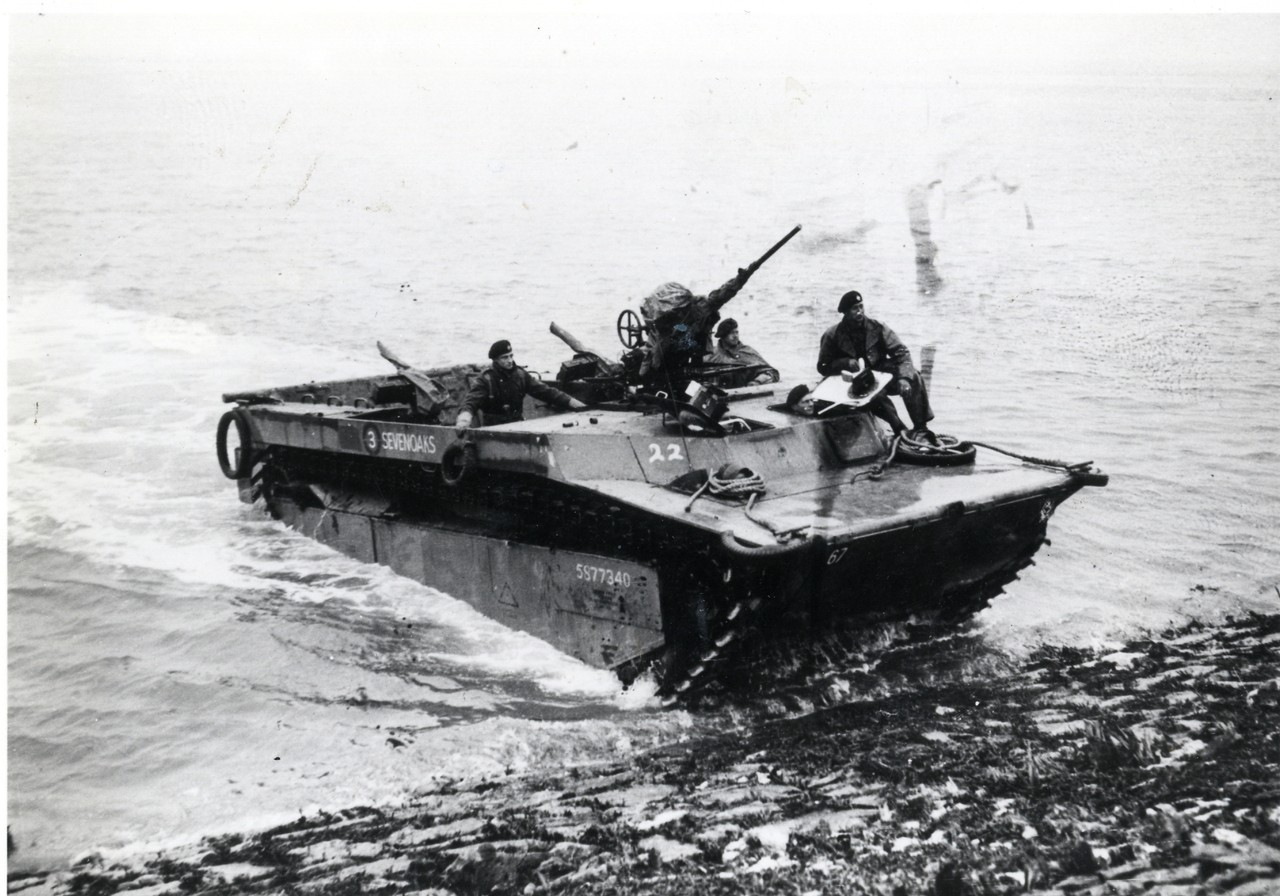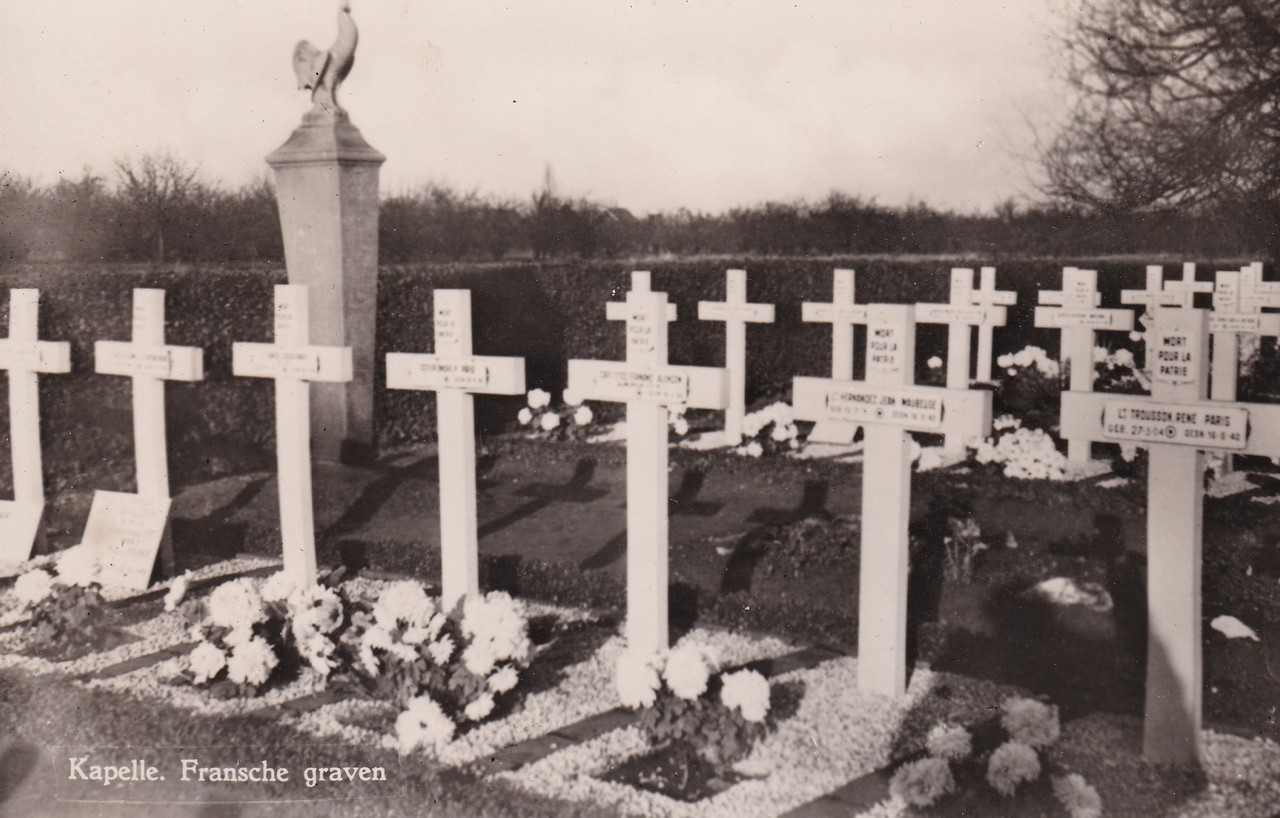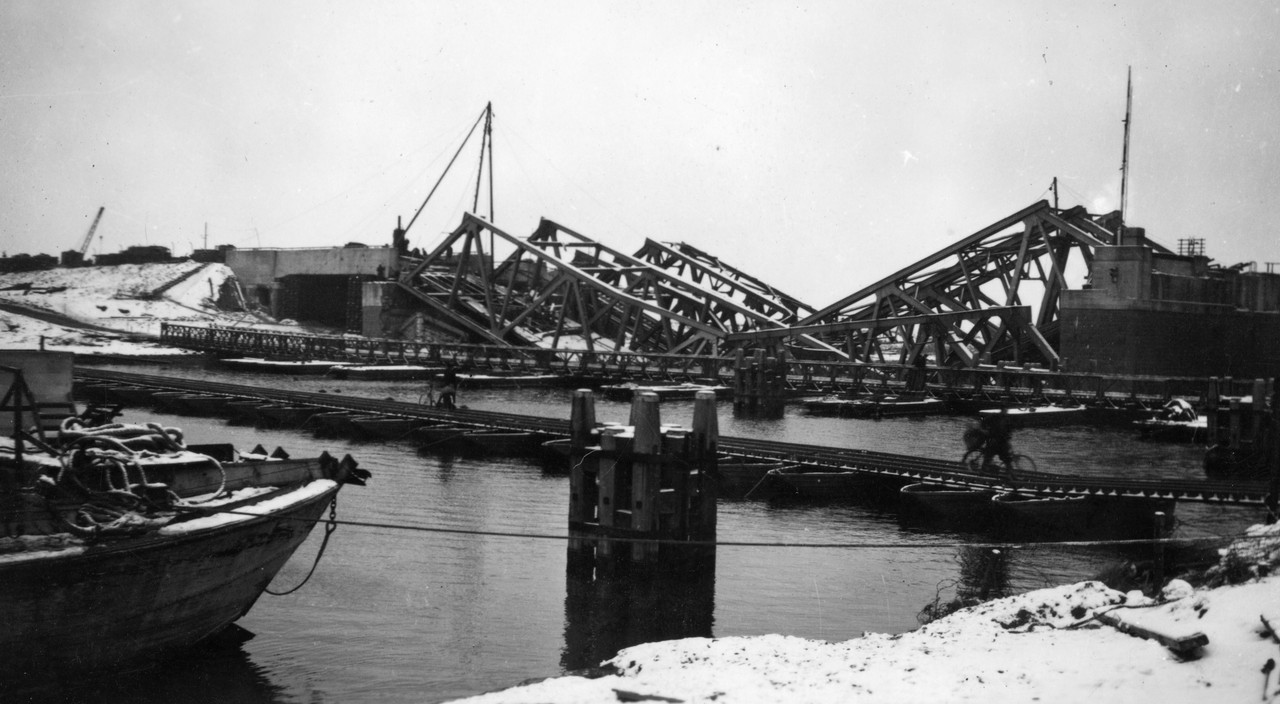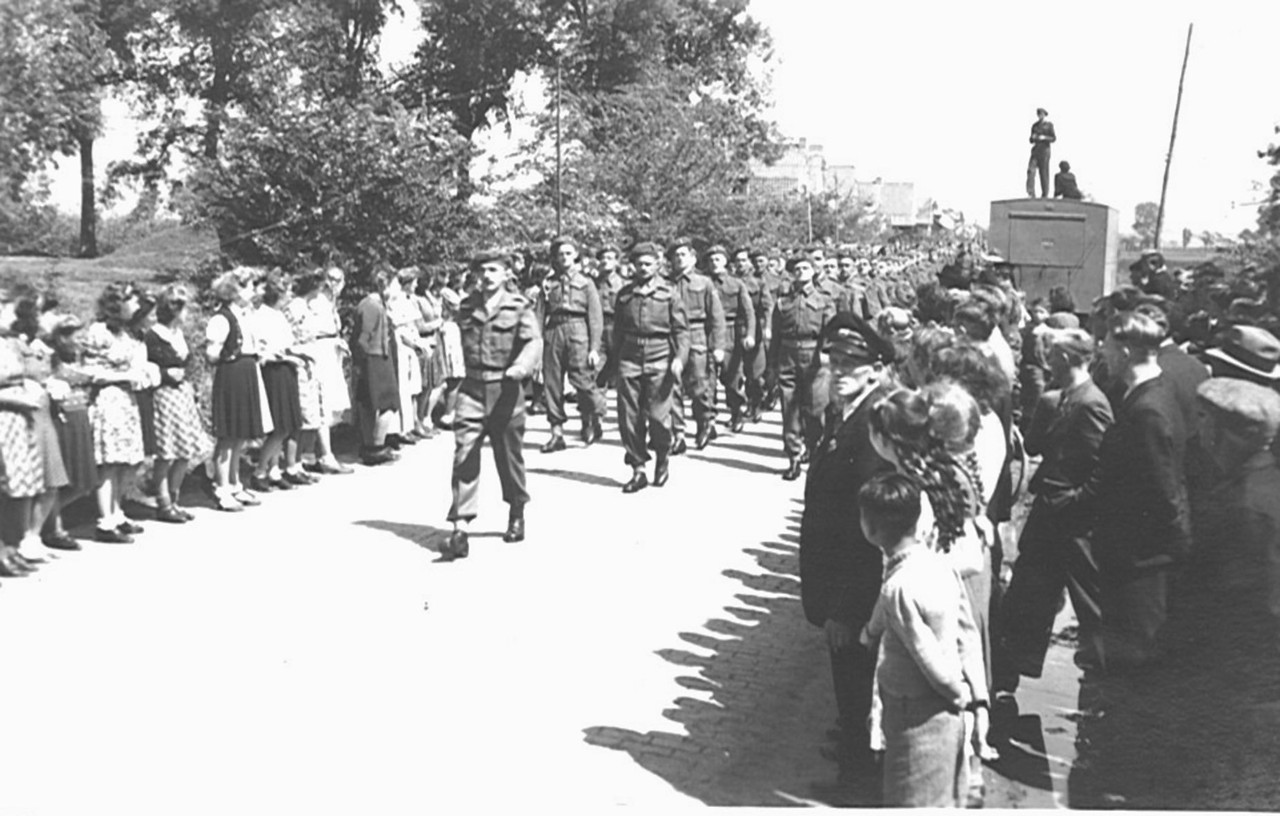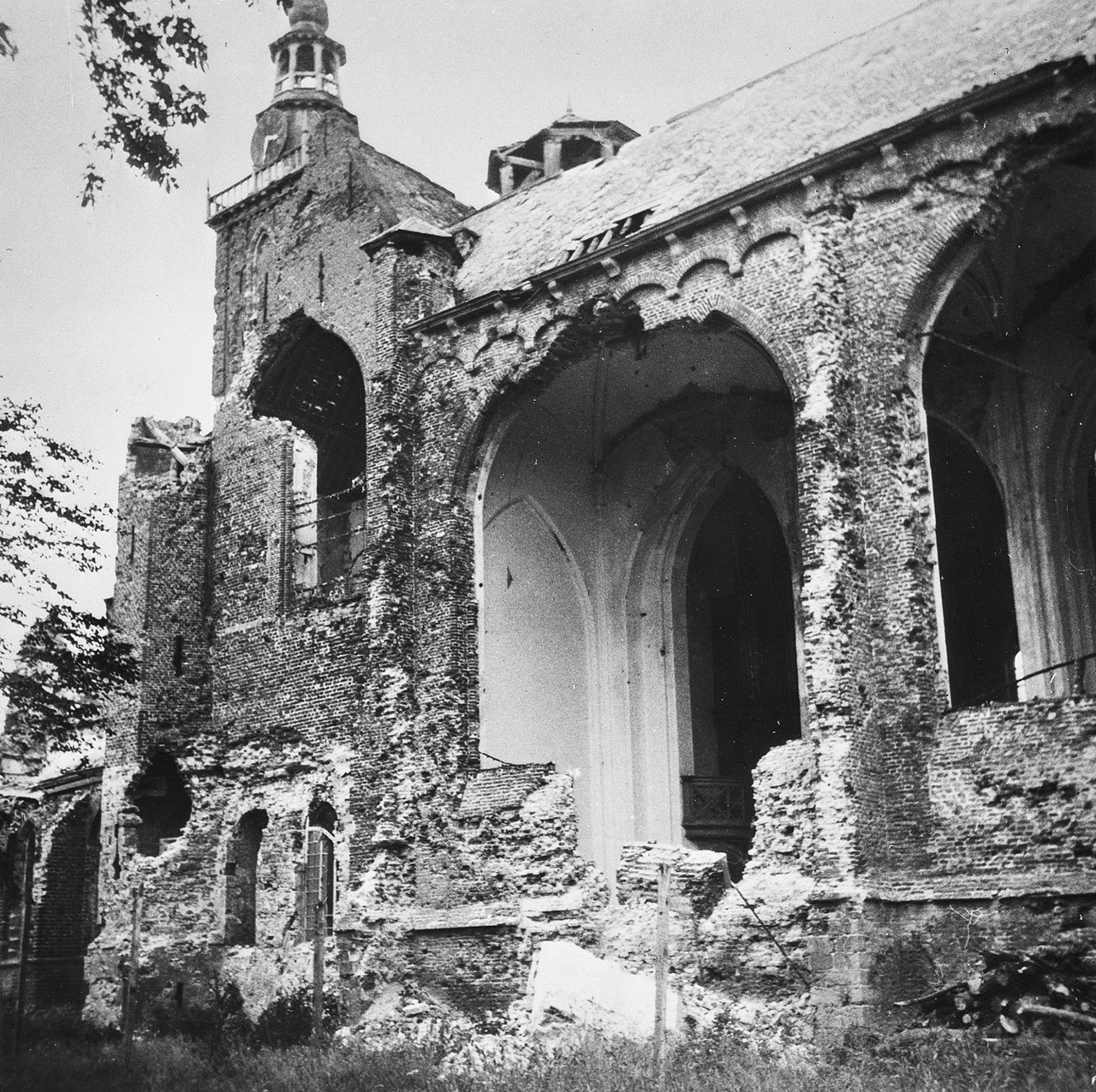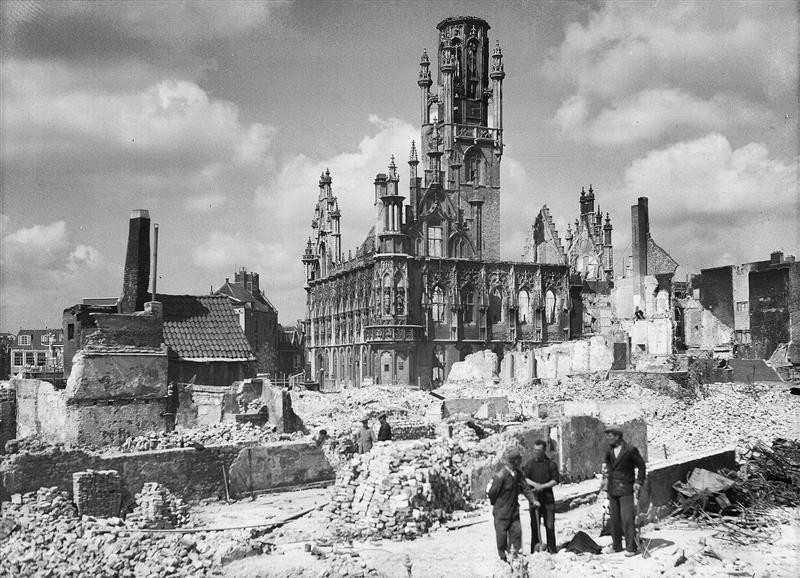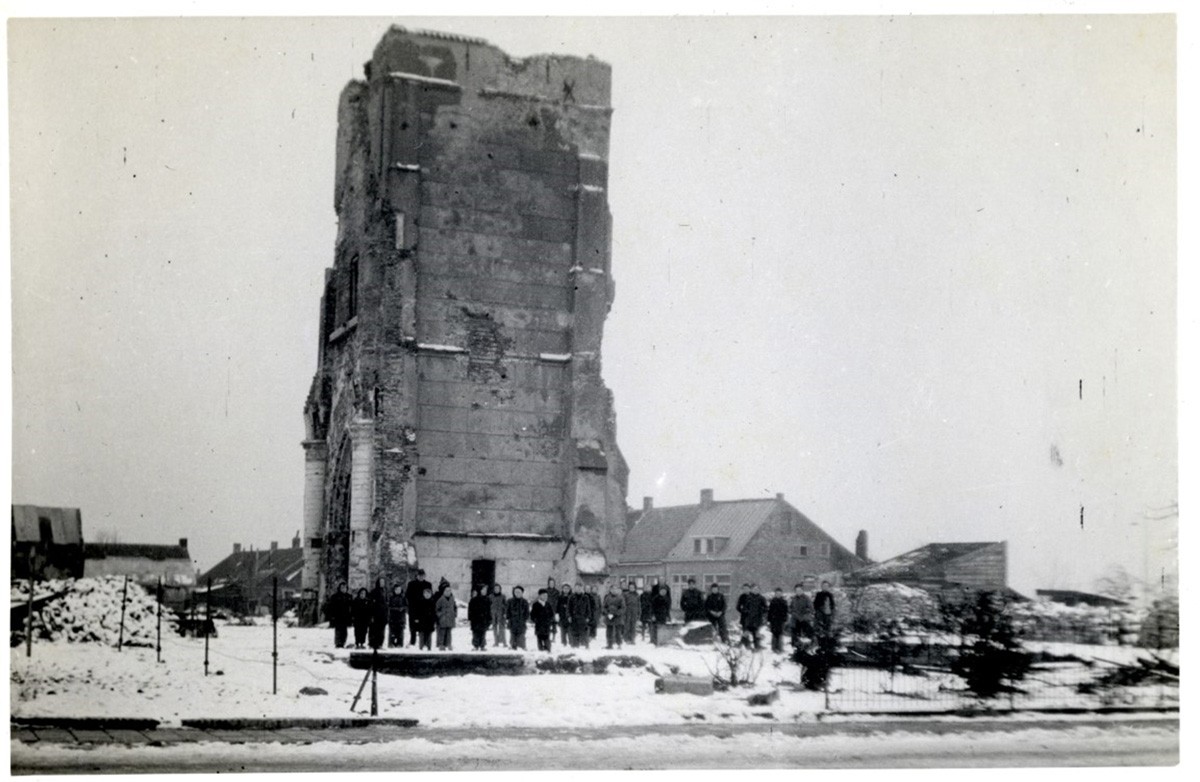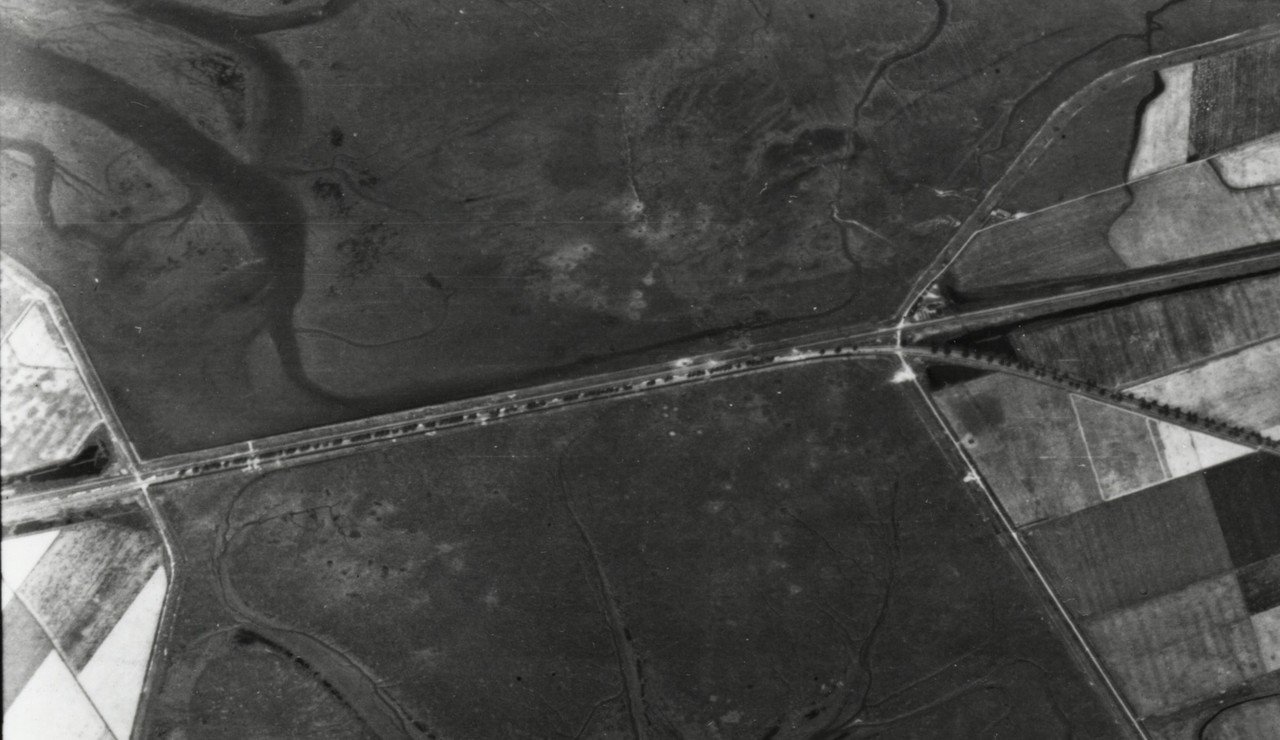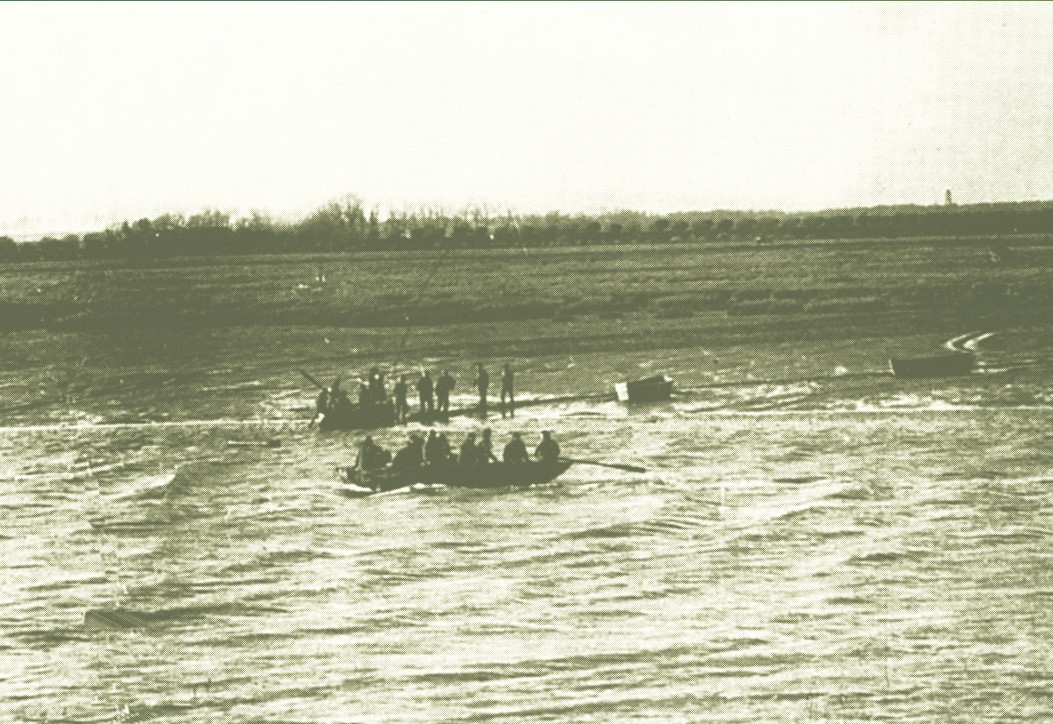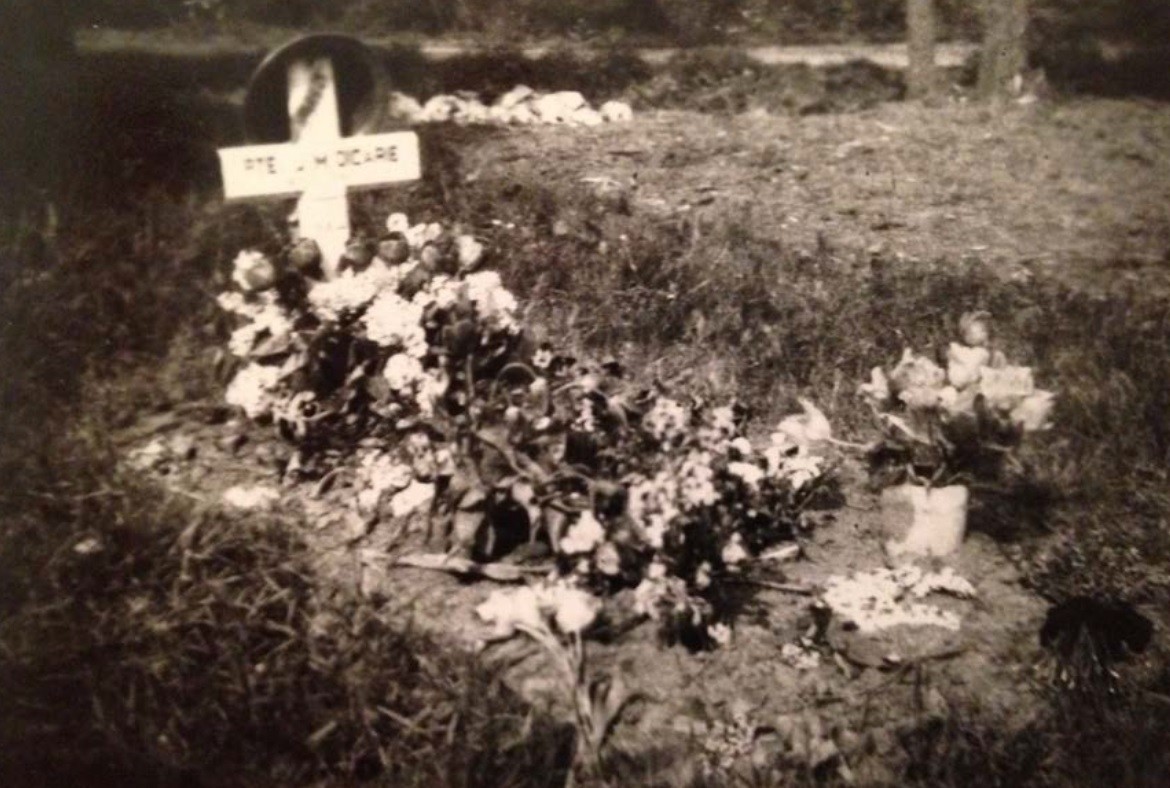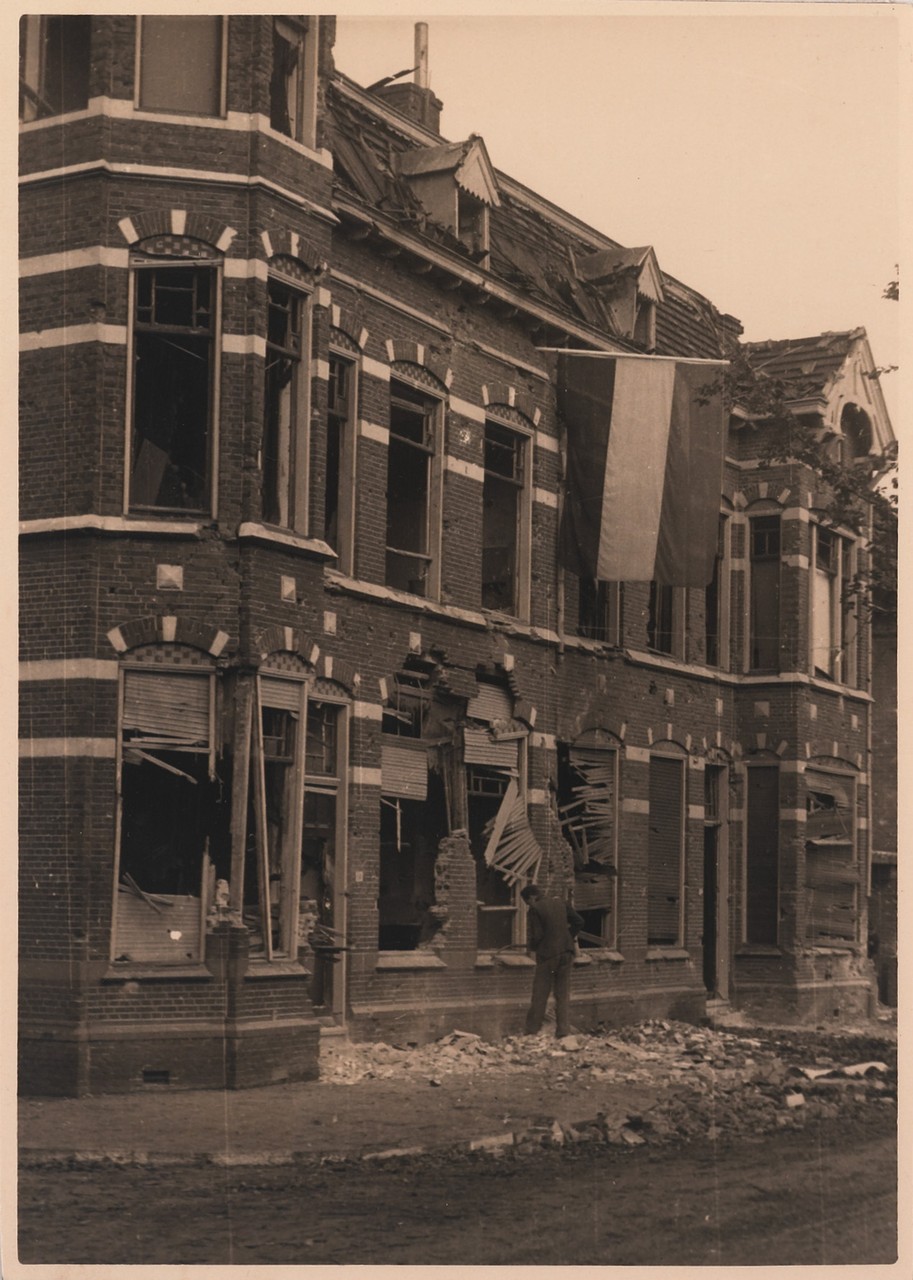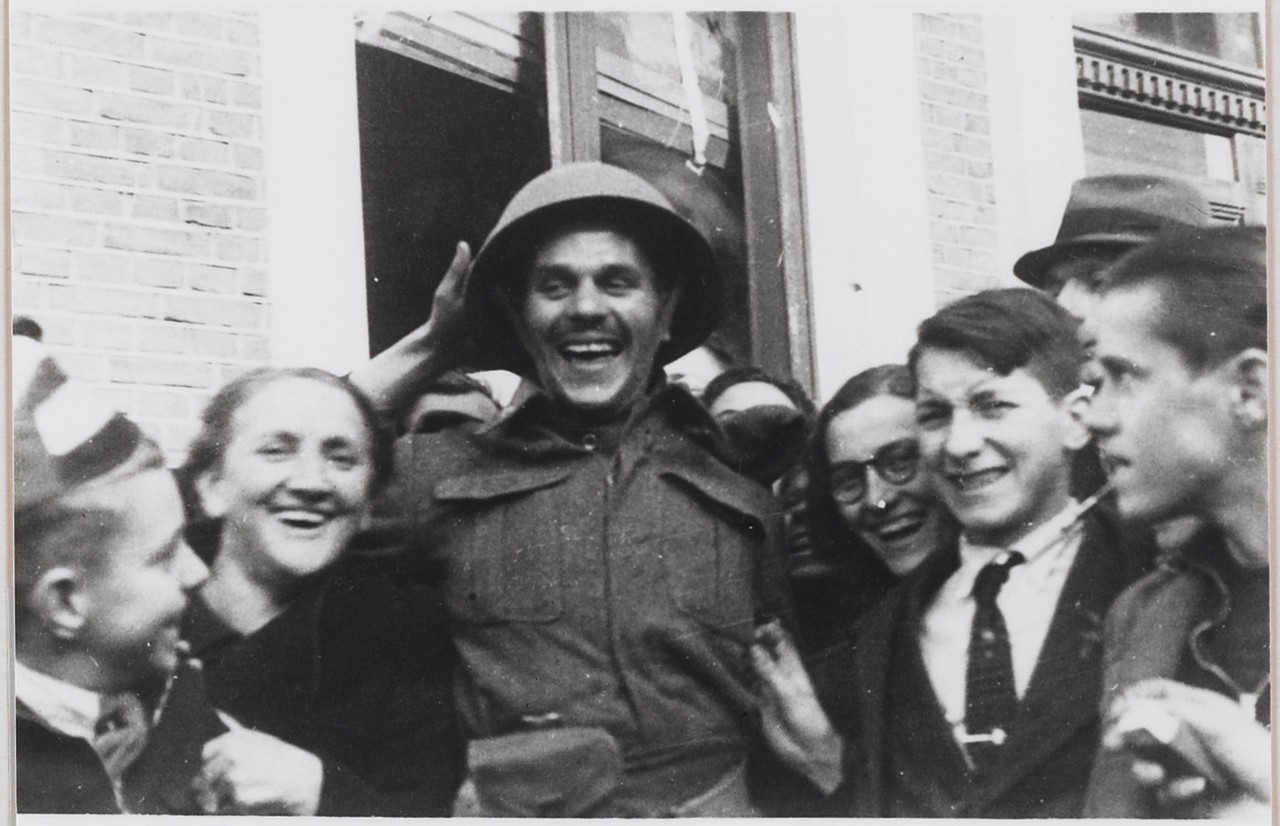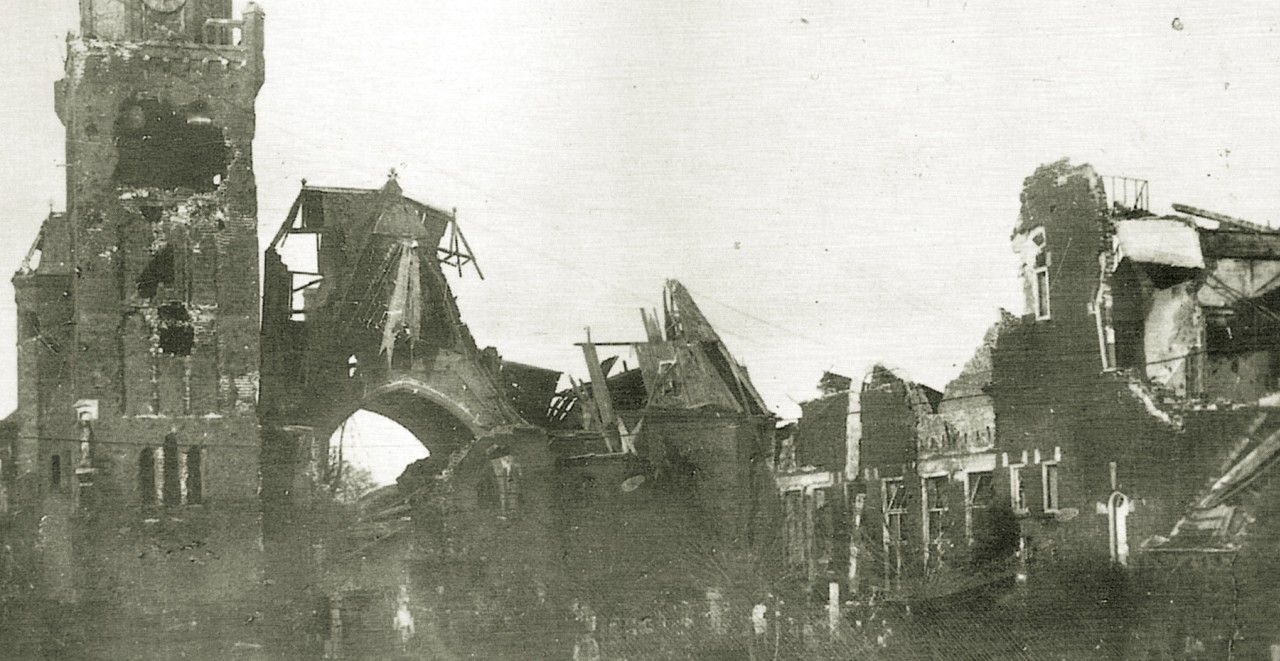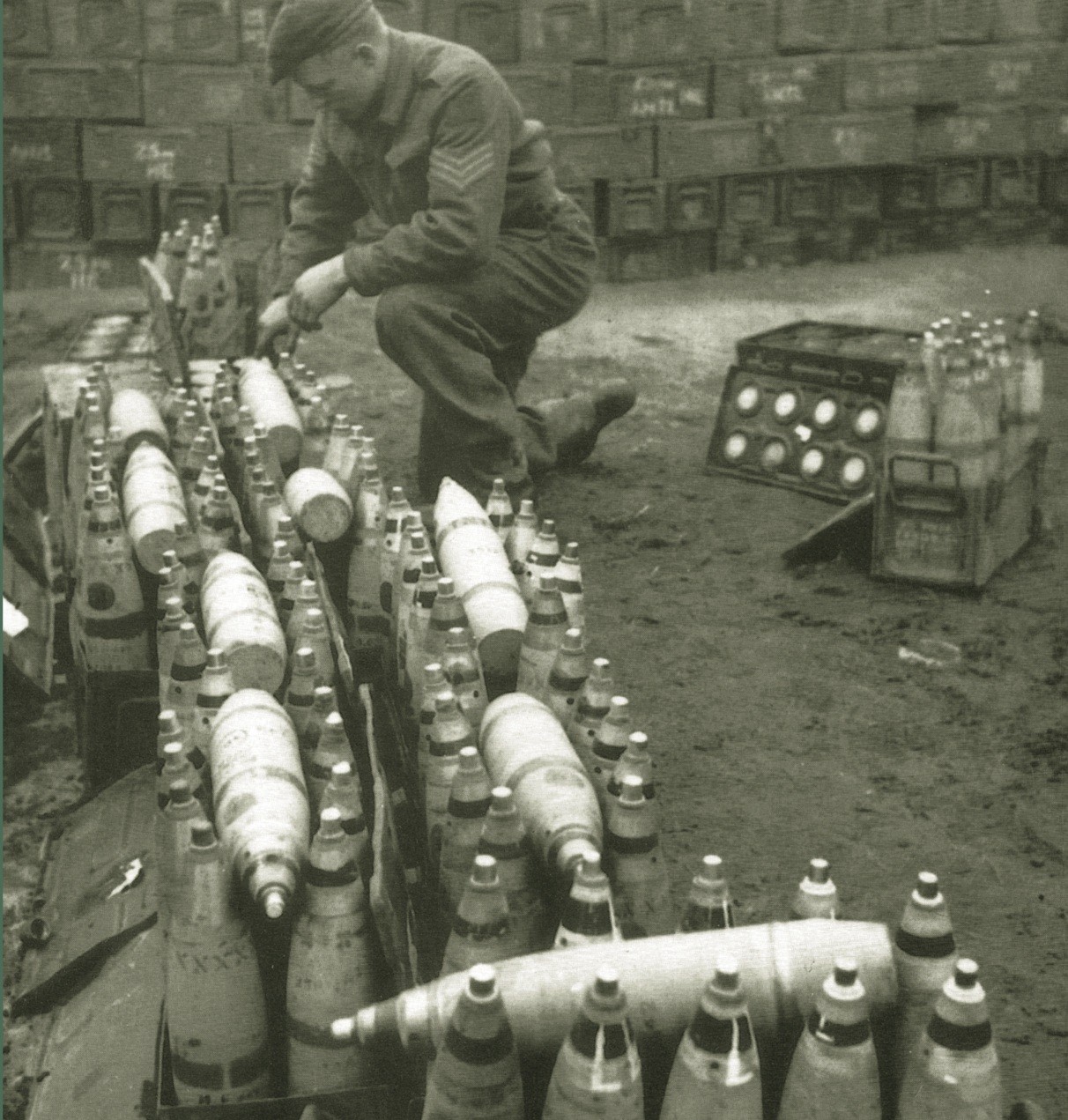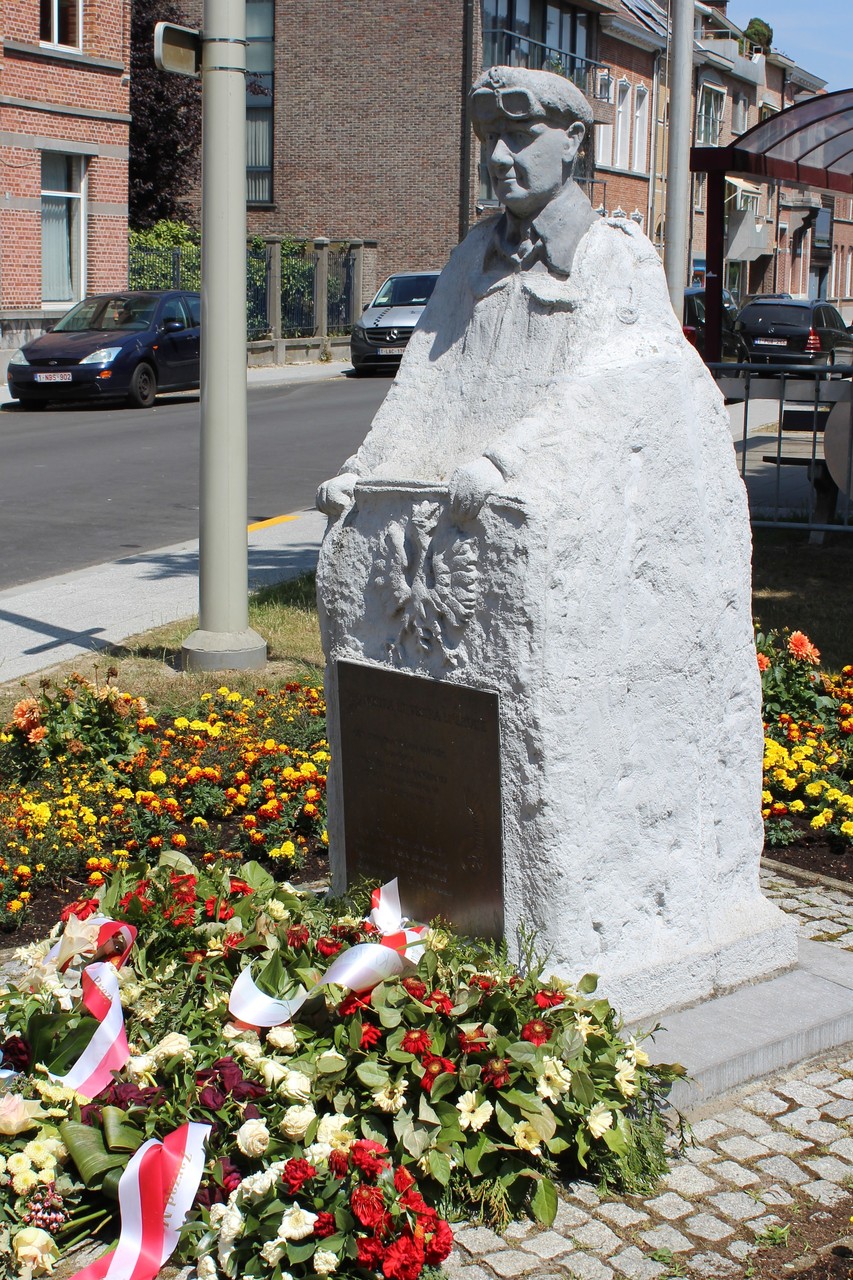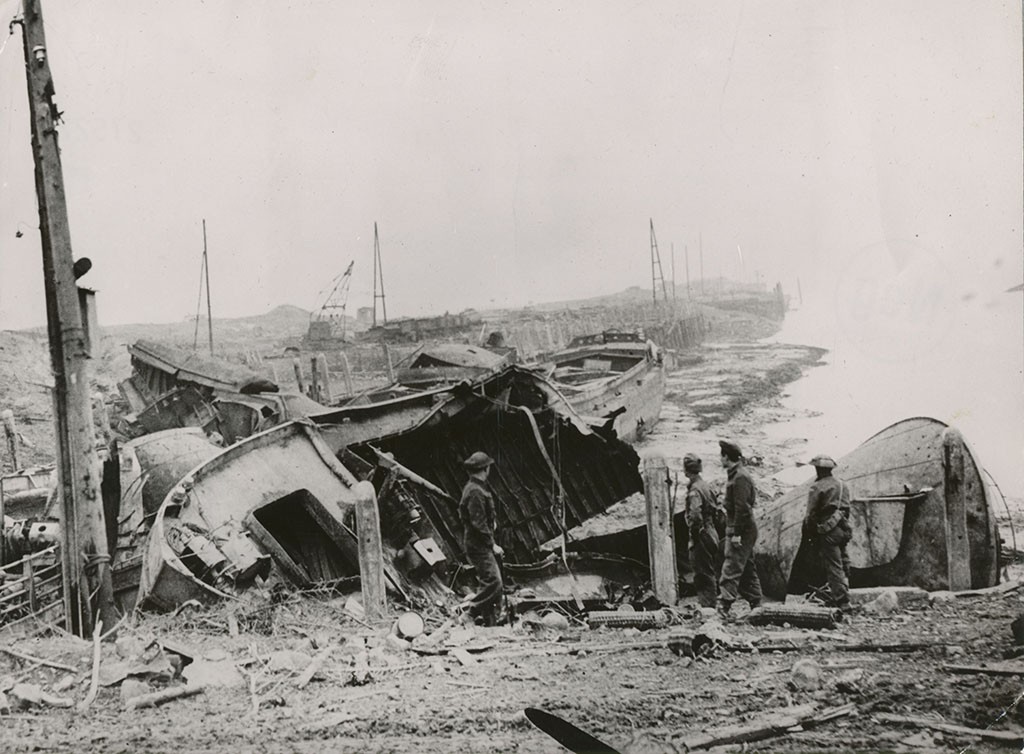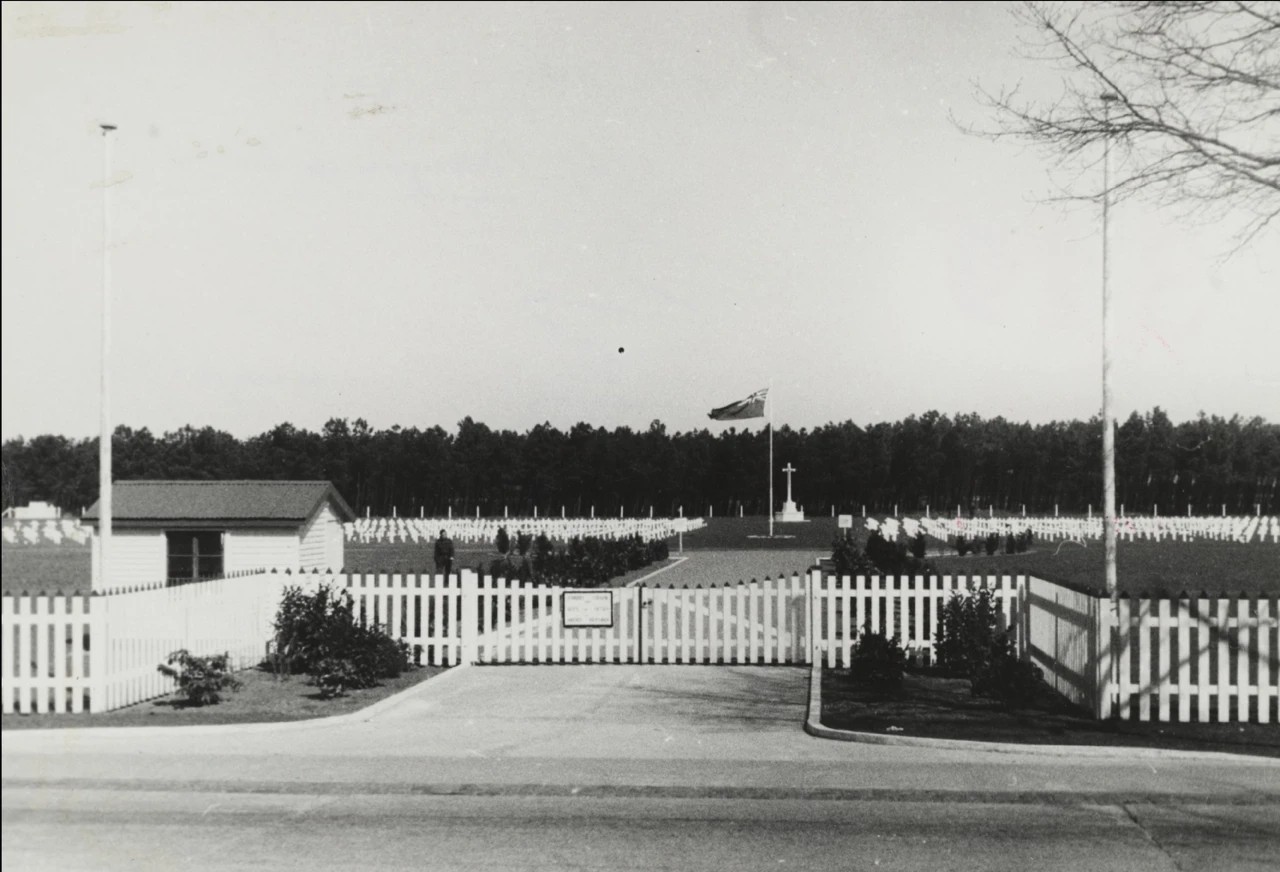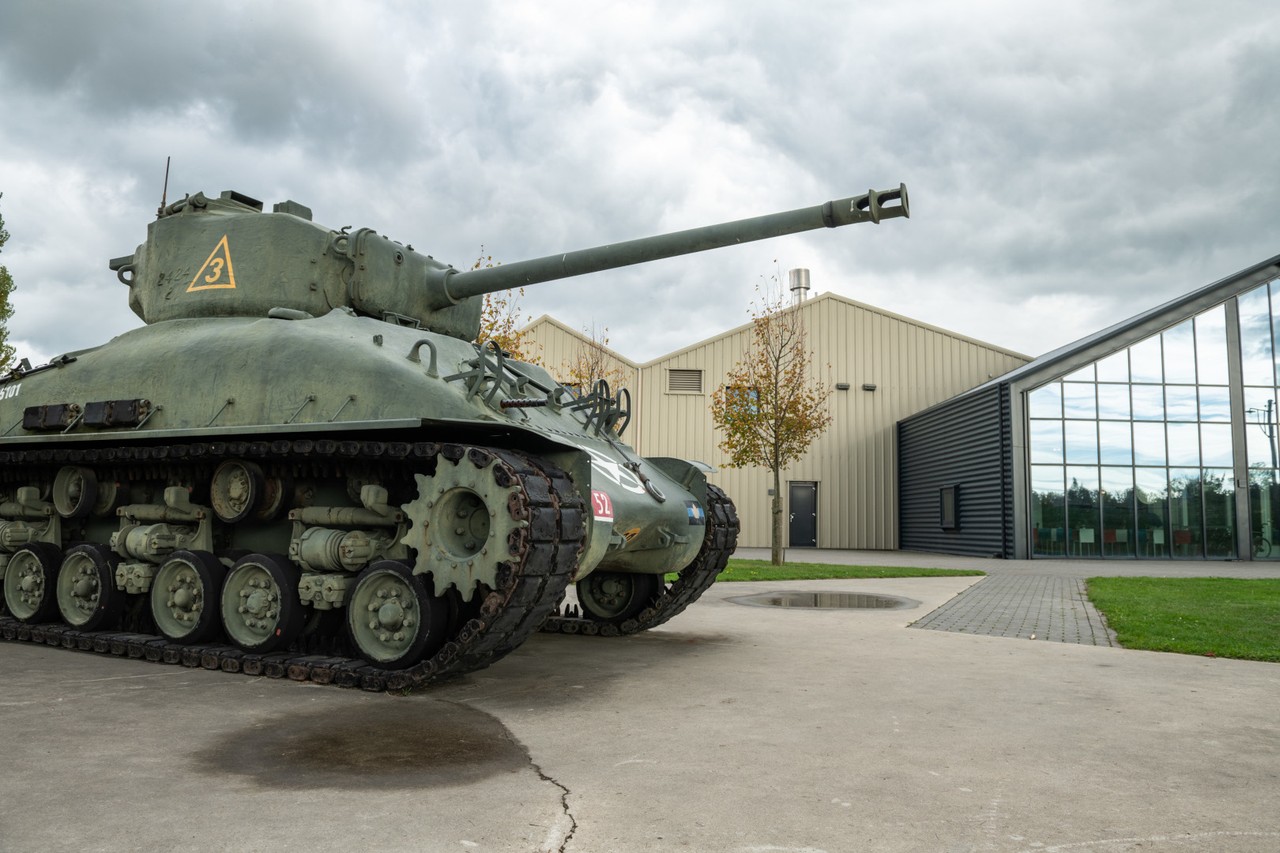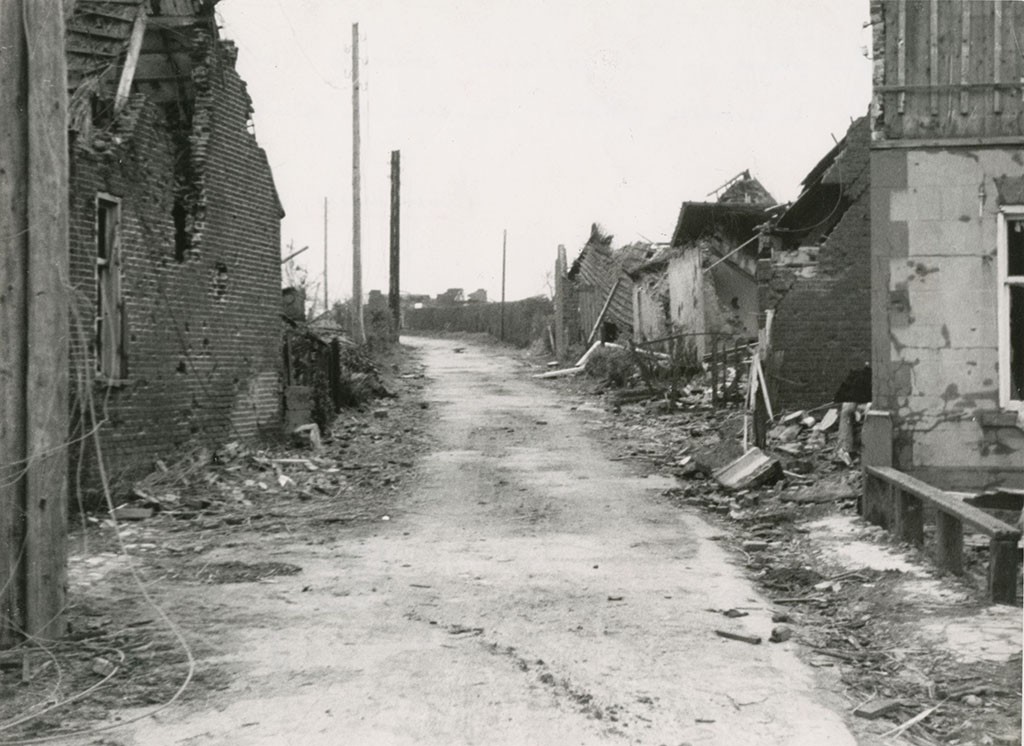The Battle of the Scheldt was one of the largest and most severe military operations on Dutch soil during the Second World War; a series of military operations that took place in the autumn of 1944 in the north of Belgium, the province of Zeeland and in West-Brabant.
Control of the 95-kilometre-long Western Scheldt, connecting Antwerp to the North Sea, had become crucial to be able to use the major ports again for the final Allied advance against Nazi Germany.
The need to start using the ports of Antwerp became all the more important as the supply lines from the improvised ports in Normandy were growing longer and longer and the rapid advance through France and Belgium had come to a halt. The Allies initially ignored the Scheldt and opted for a rapid advance to the heart of Germany.
The delay caused by the largely unsuccessful Operation Market Garden enabled the German forces to withdraw units from France and Belgium and to establish new defences in Zeeland and Noord-Brabant. The Scheldt estuary, which could have been captured without significant problems at the beginning of September 1944, had thus been transformed into a new, fortified line by early October. The continued course of the liberation of Western Europe therefore depended on what would happen around the Western Scheldt. The result was a bloody battle, accompanied by mass destruction and which led to massive civilian casualties.
Thus, on 13 September 1944, began one of the largest and heaviest military operations in Western Europe, led by the First Canadian Army and with the assistance of an Allied force consisting of British, Polish, French, Norwegian, Belgian and American units.
The nearly five-week Battle of the Scheldt ultimately resulted in many thousands of dead, wounded and missing among the Allied armed forces. It then took over three weeks to clear the Western Scheldt of mines. On November 28 of that year, the first convoy finally arrived in Antwerp and the final act of the war in Western Europe could begin.
The Canadian losses were so great that in Canadian history a comparison is made with the losses on the Passendeale front during the First World War. The Battle of the Scheldt proved to be the bloodiest battle Canada had to fight in World War II.
Visit the Zeeuwse Ankers website (Zeeland Anchors) for comprehensive information, personal stories and videos about the Battle of the Scheldt.
